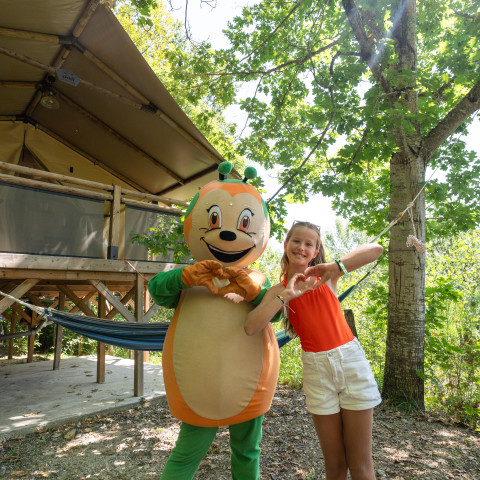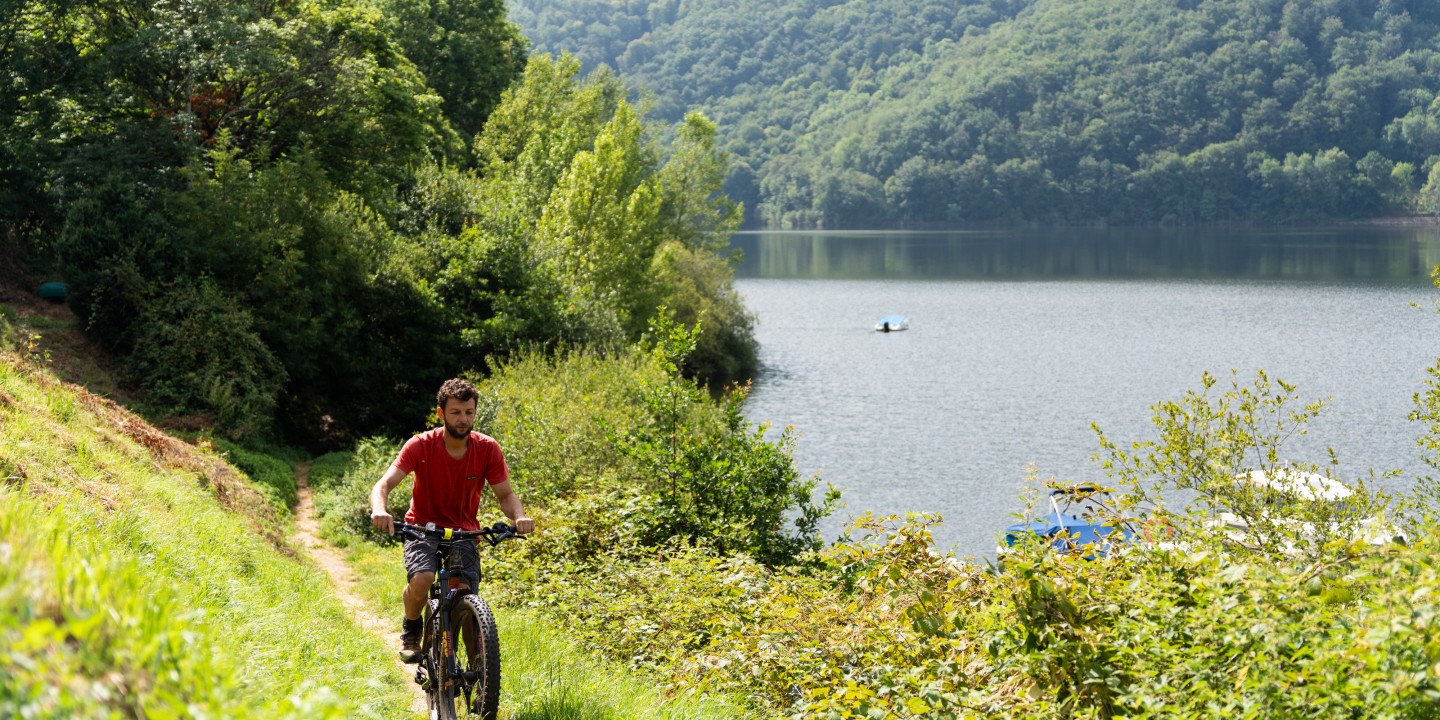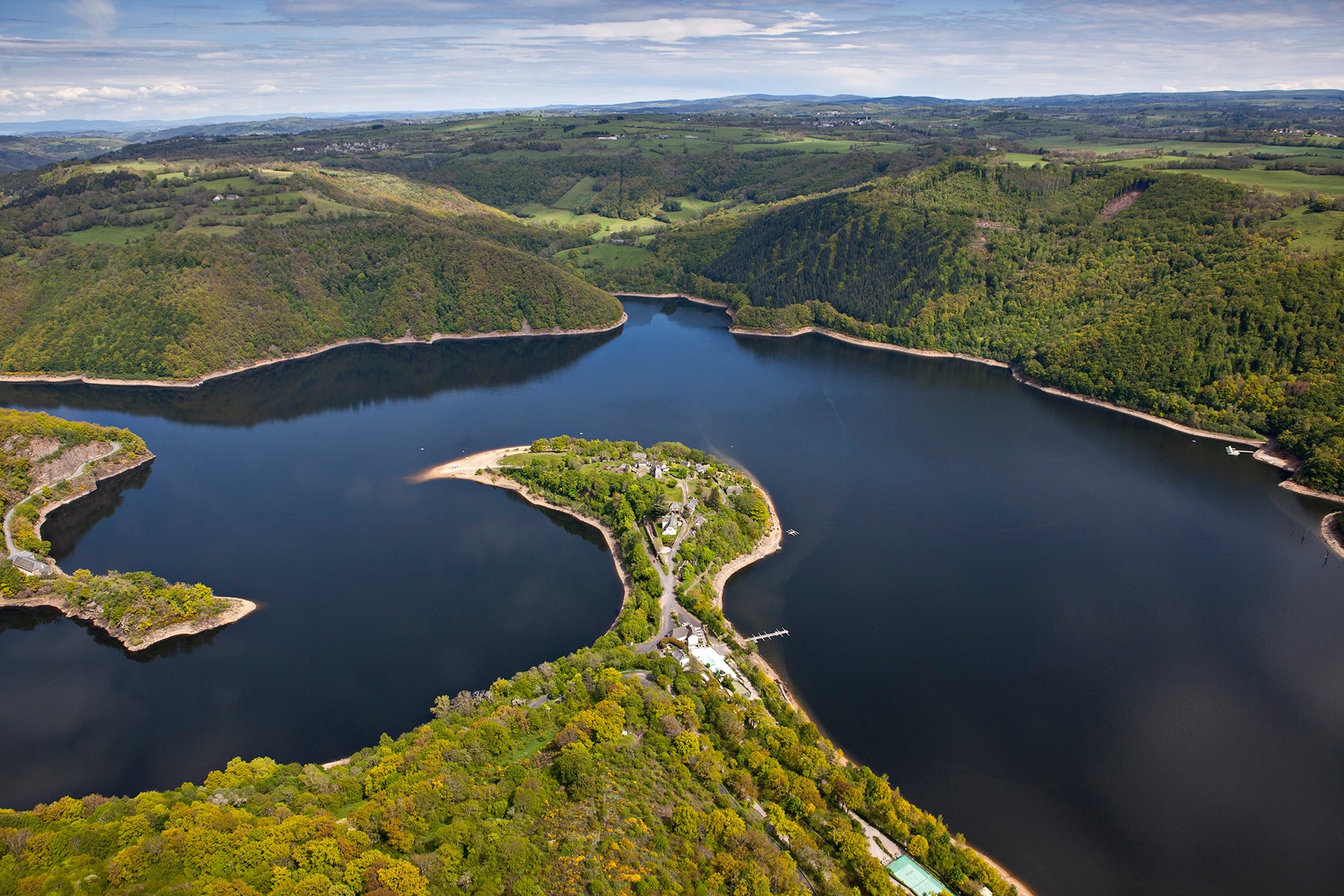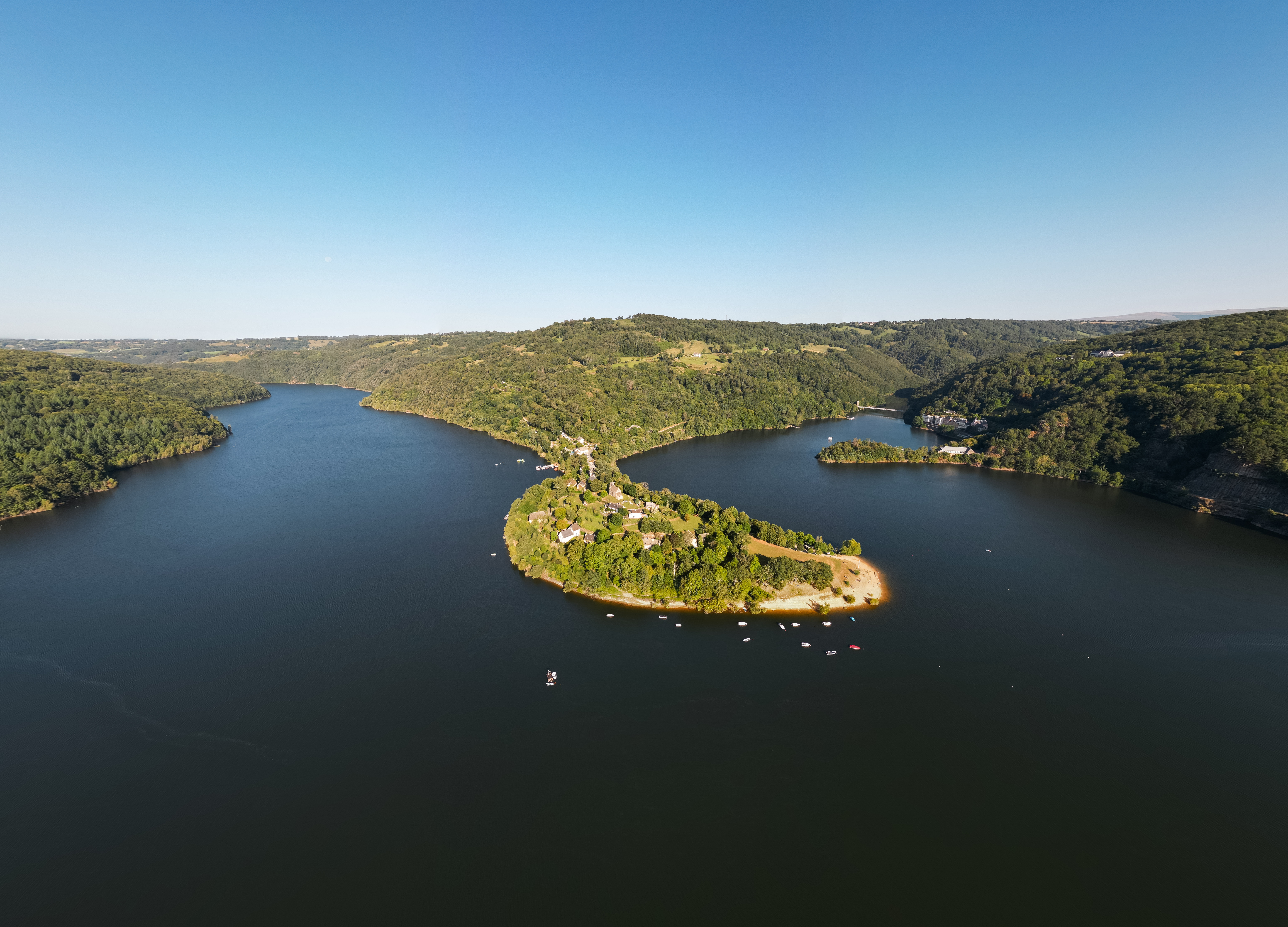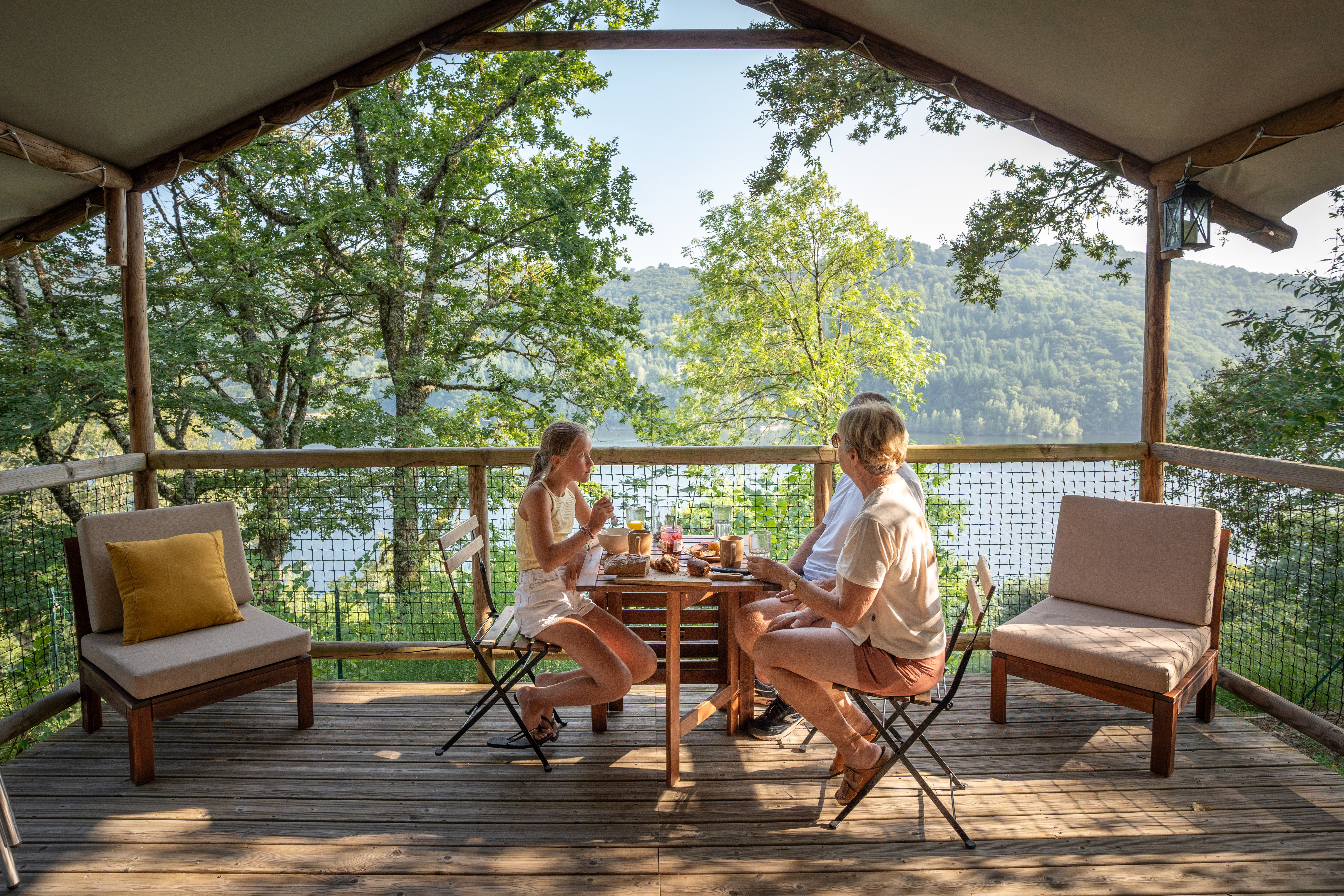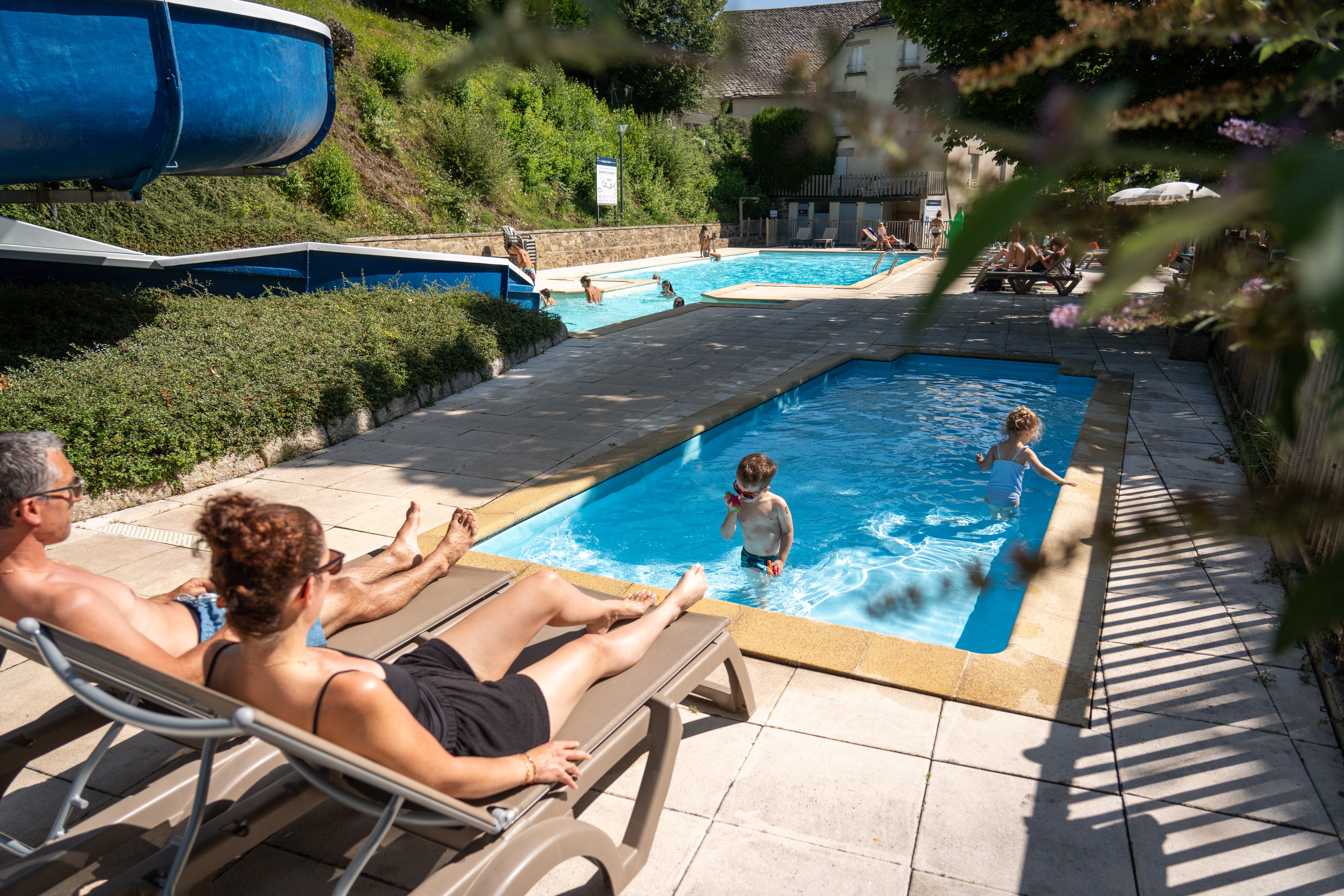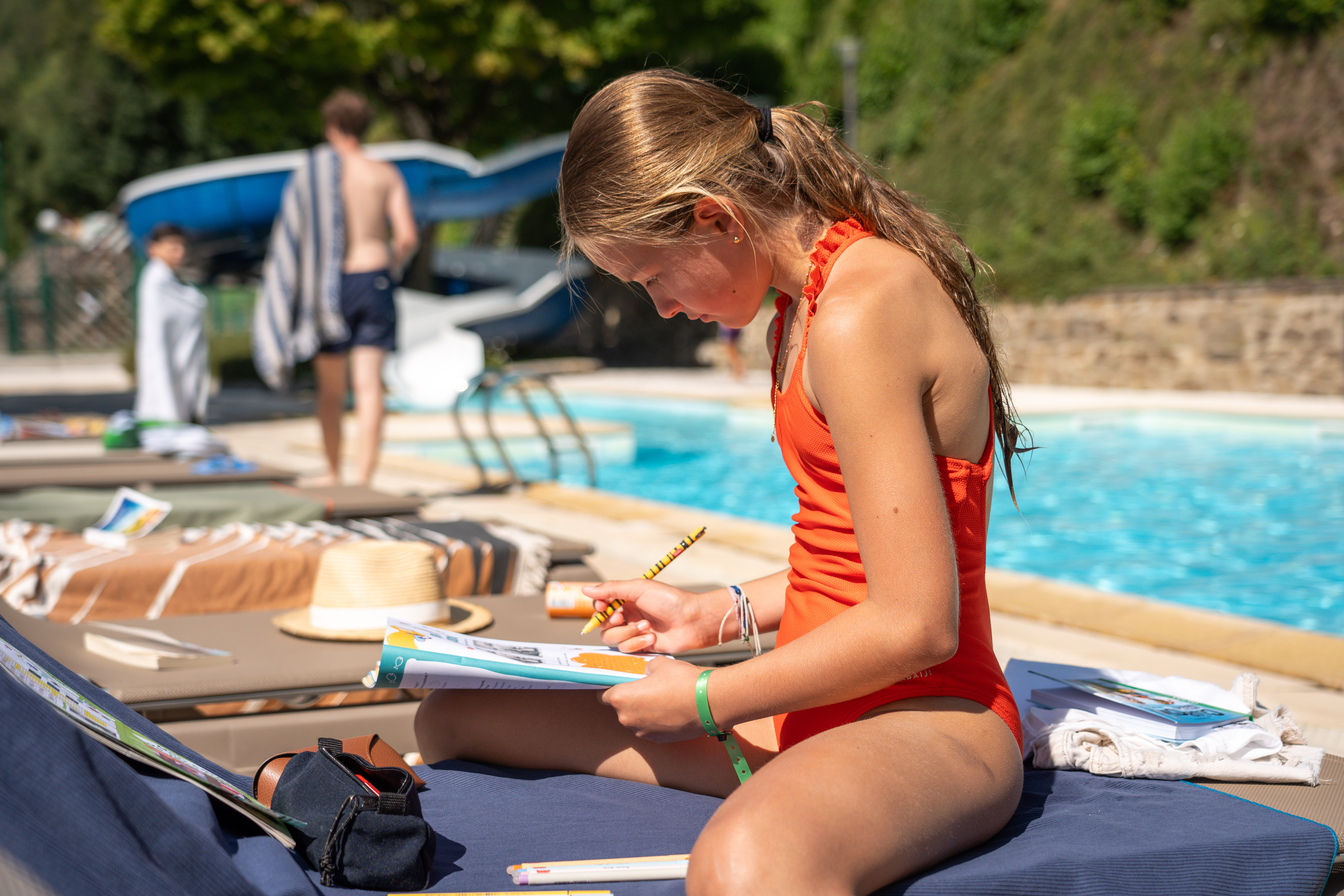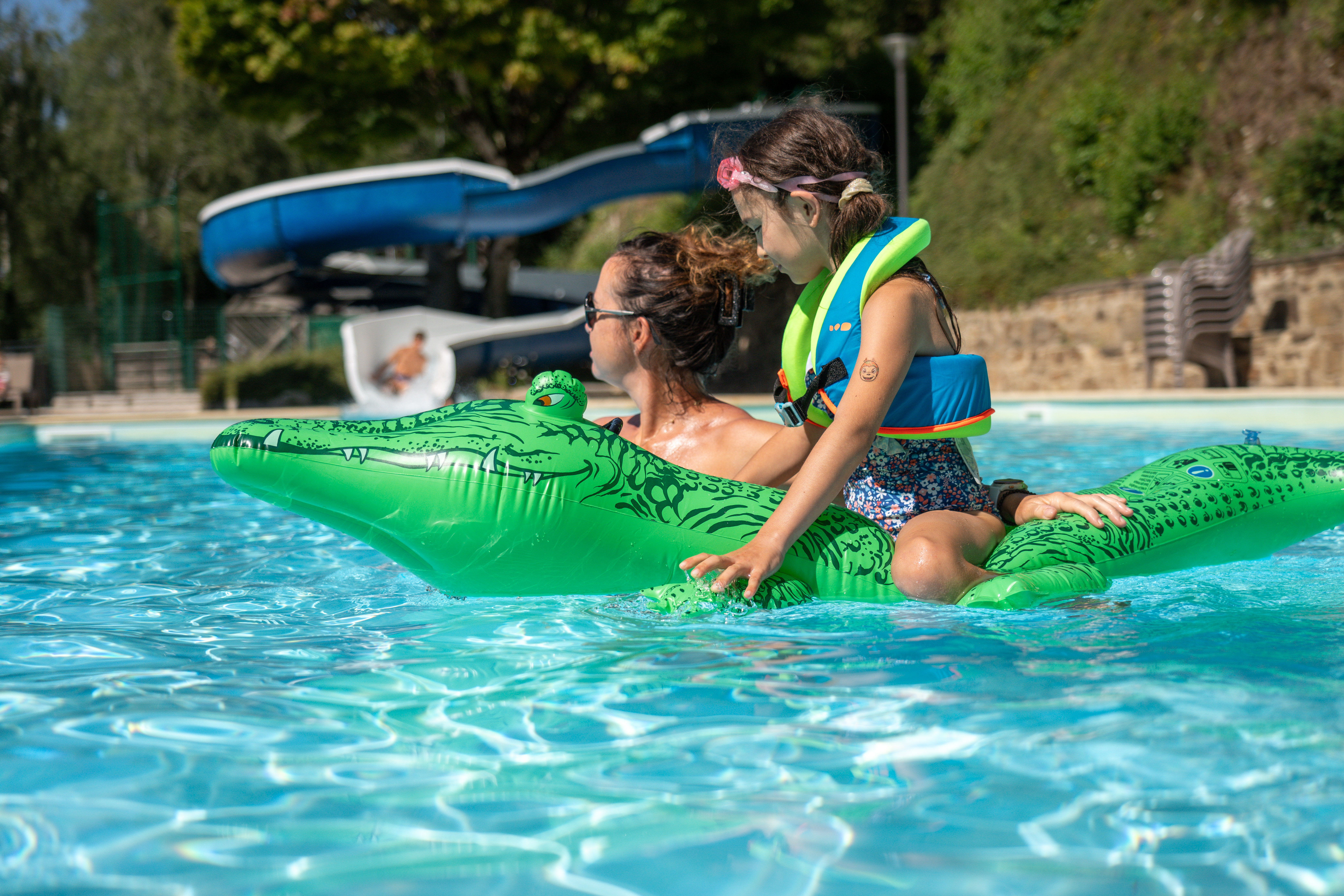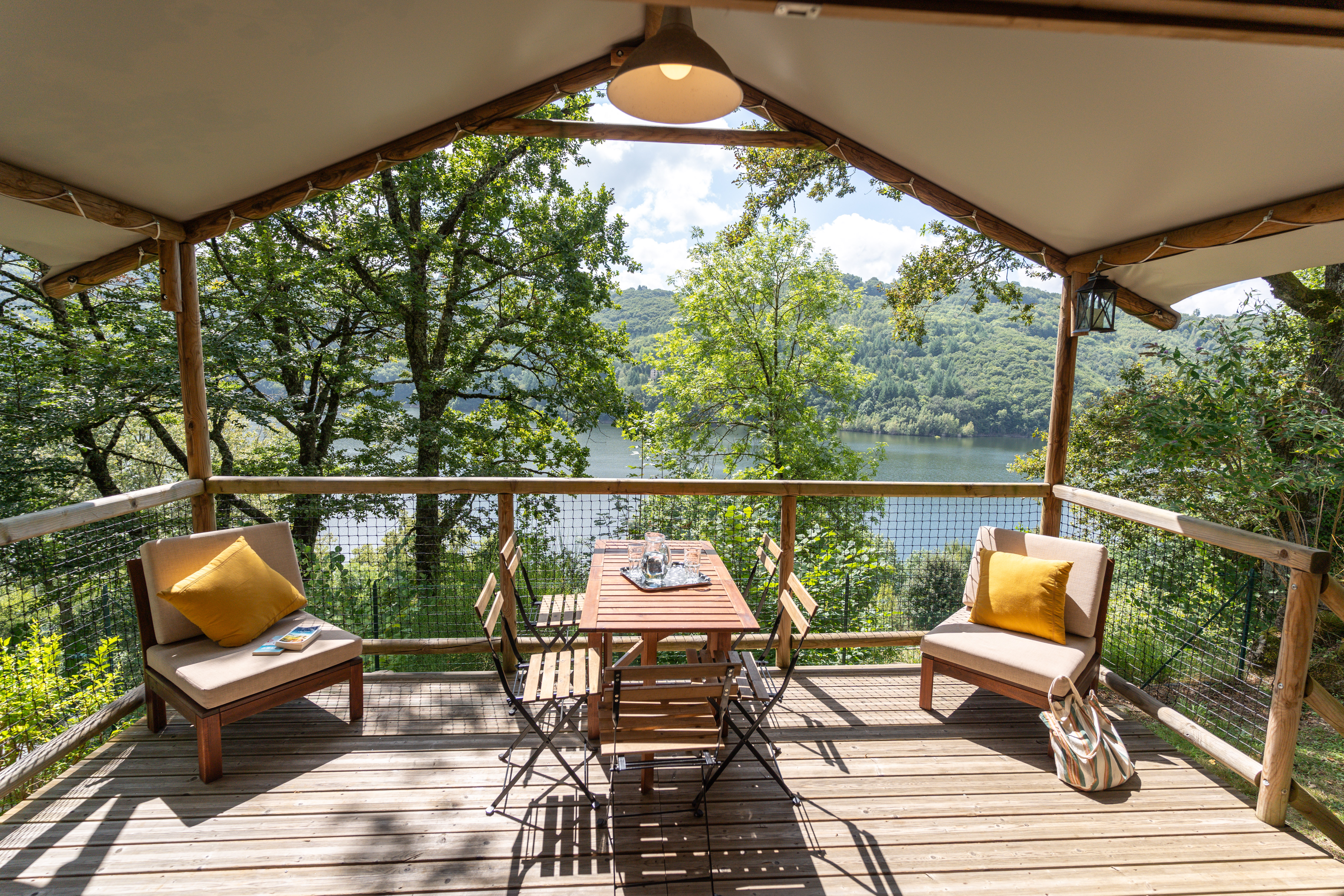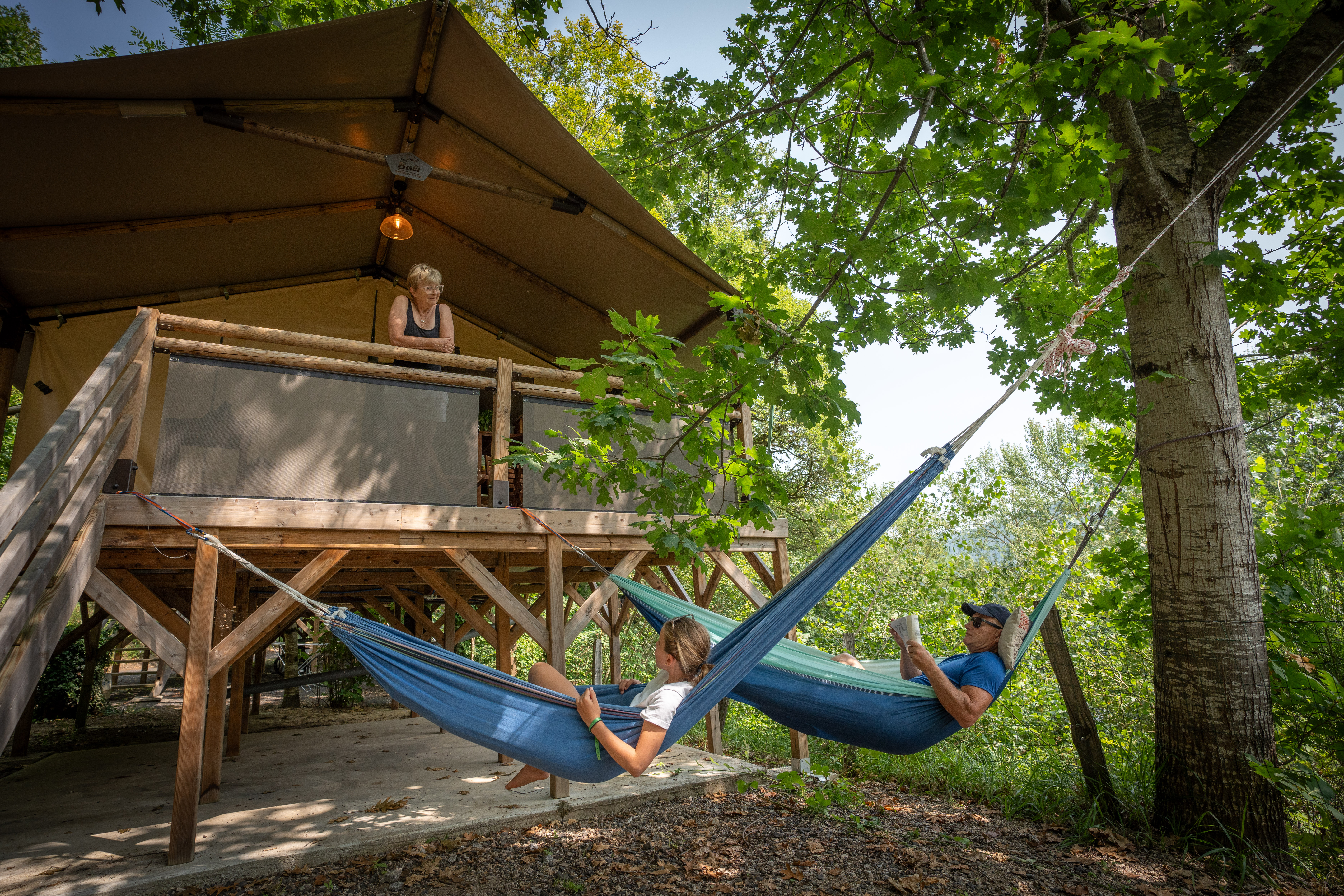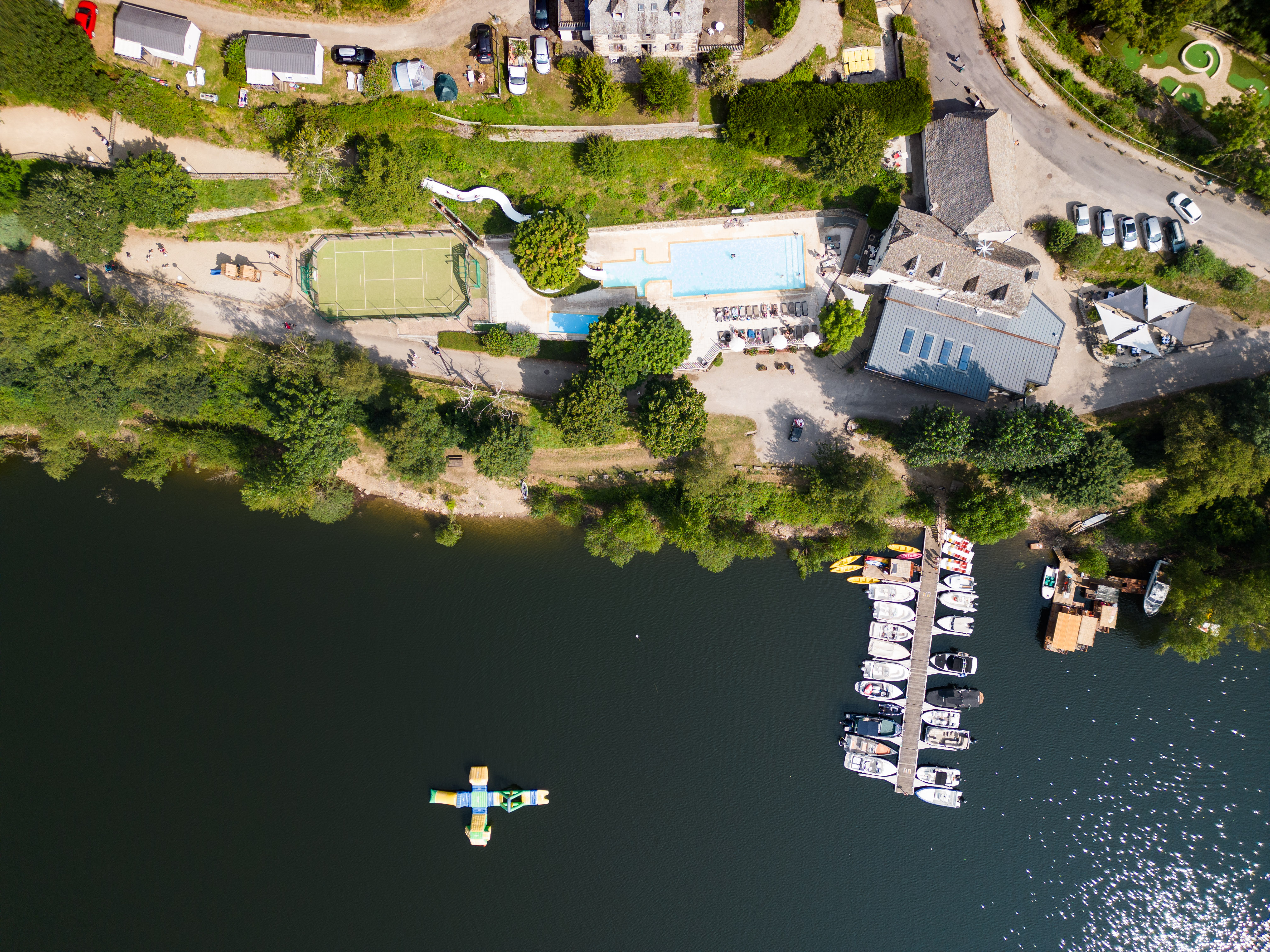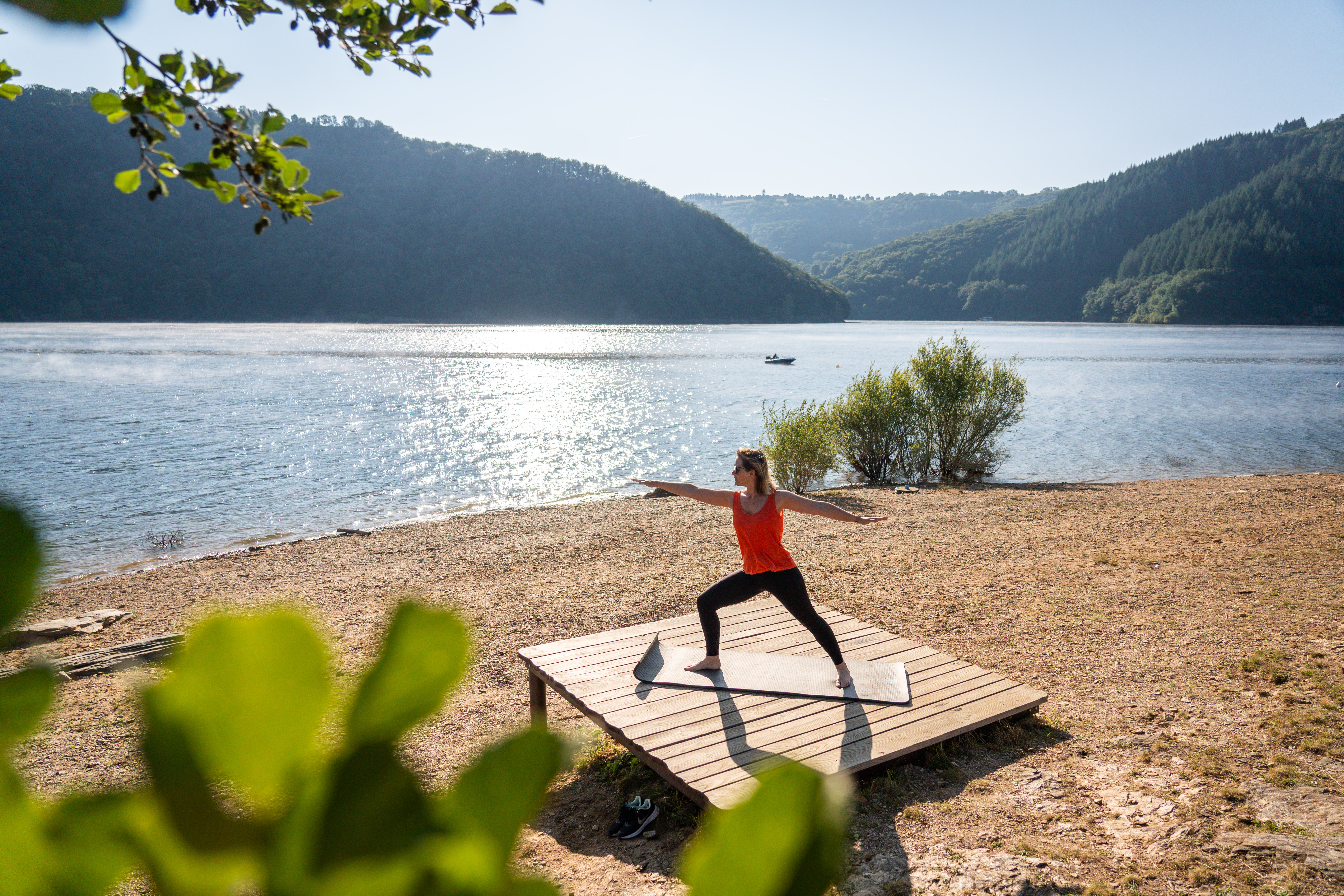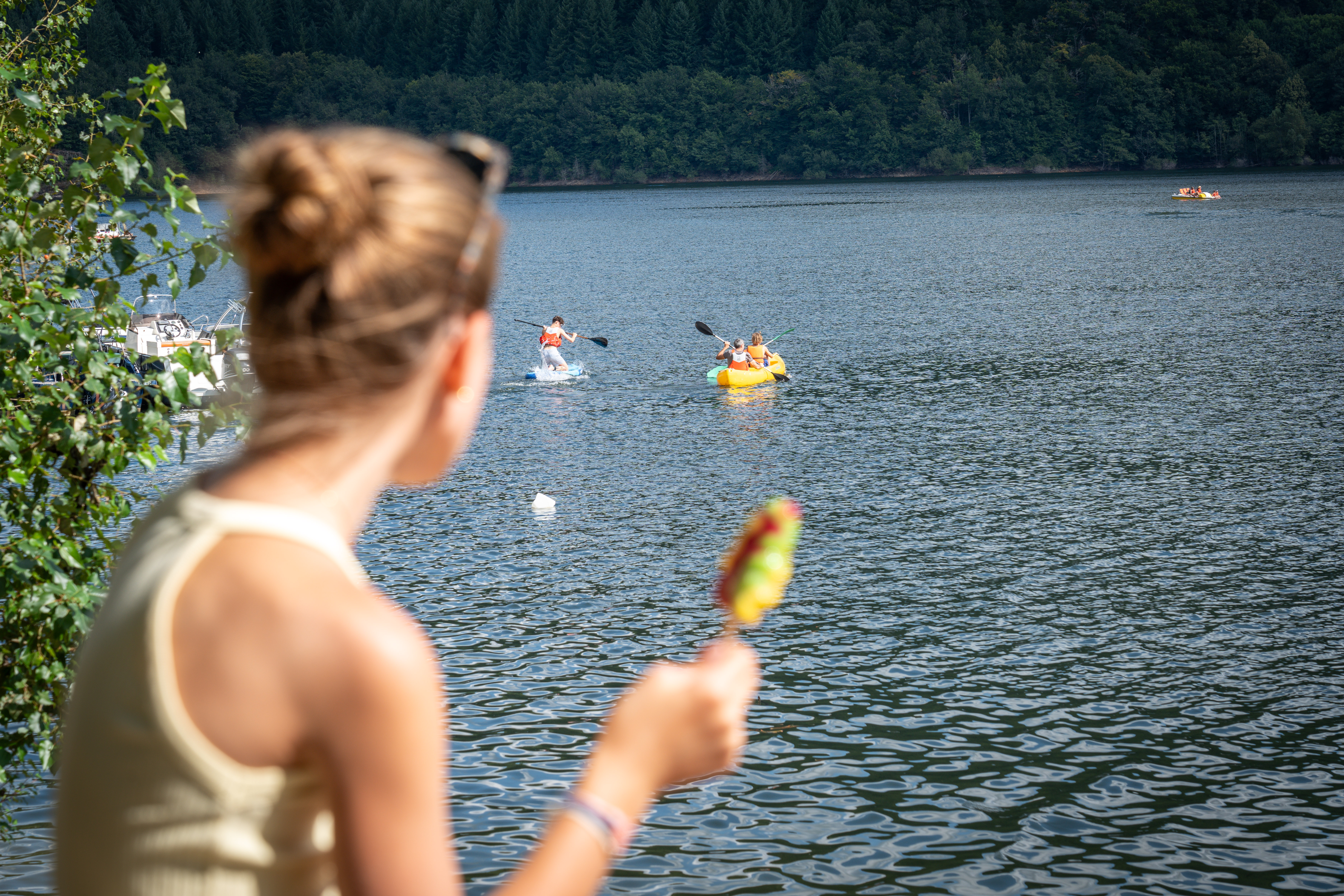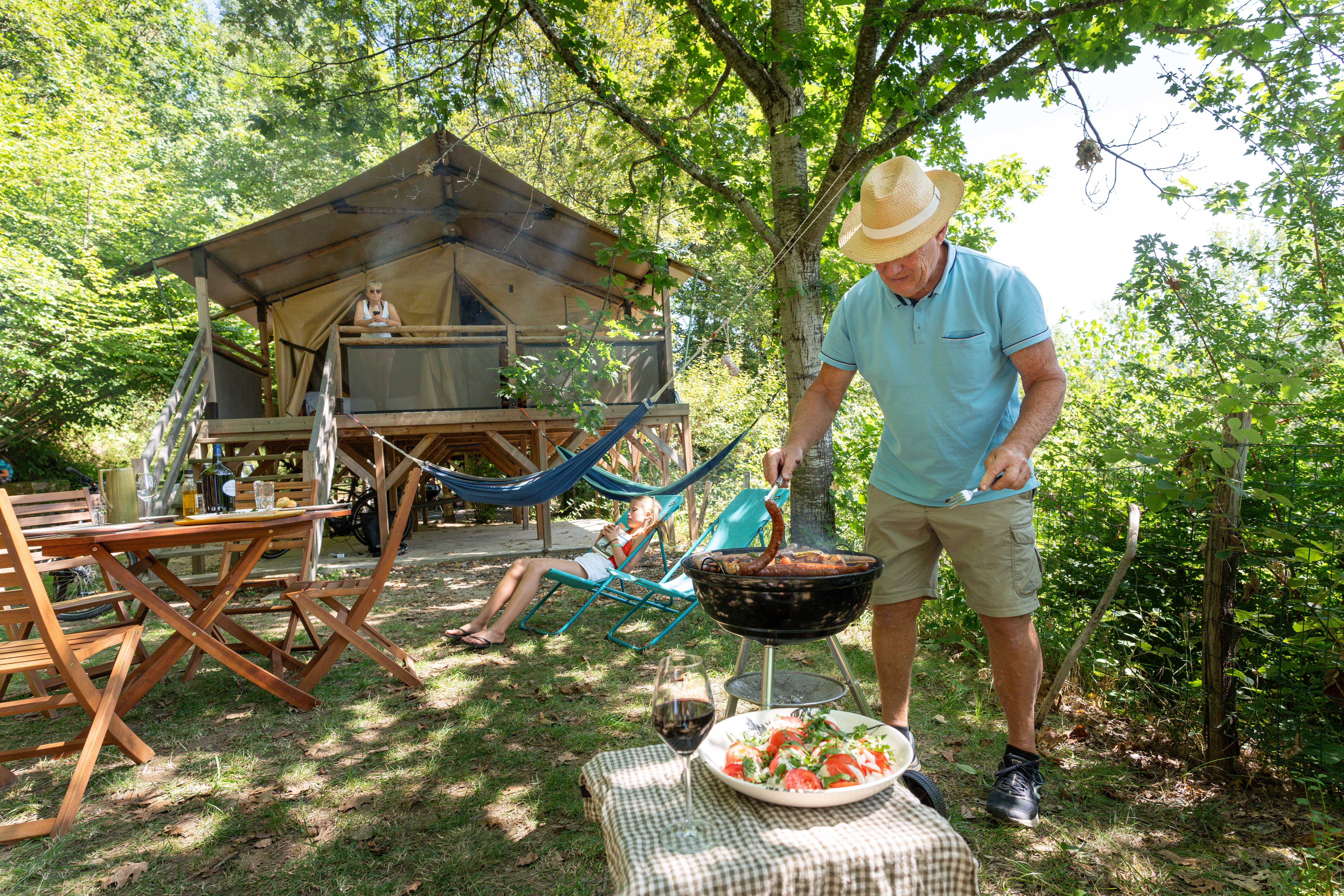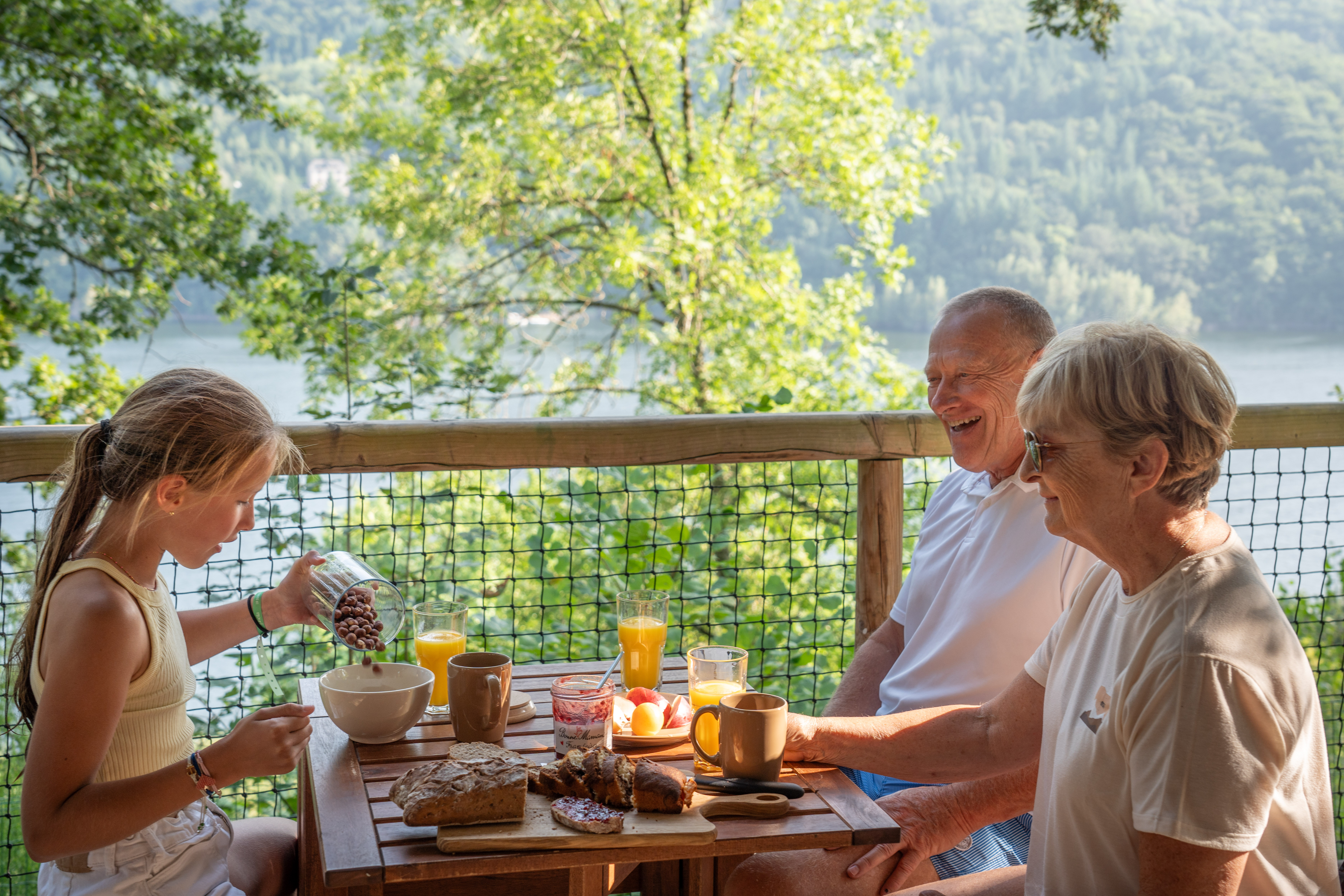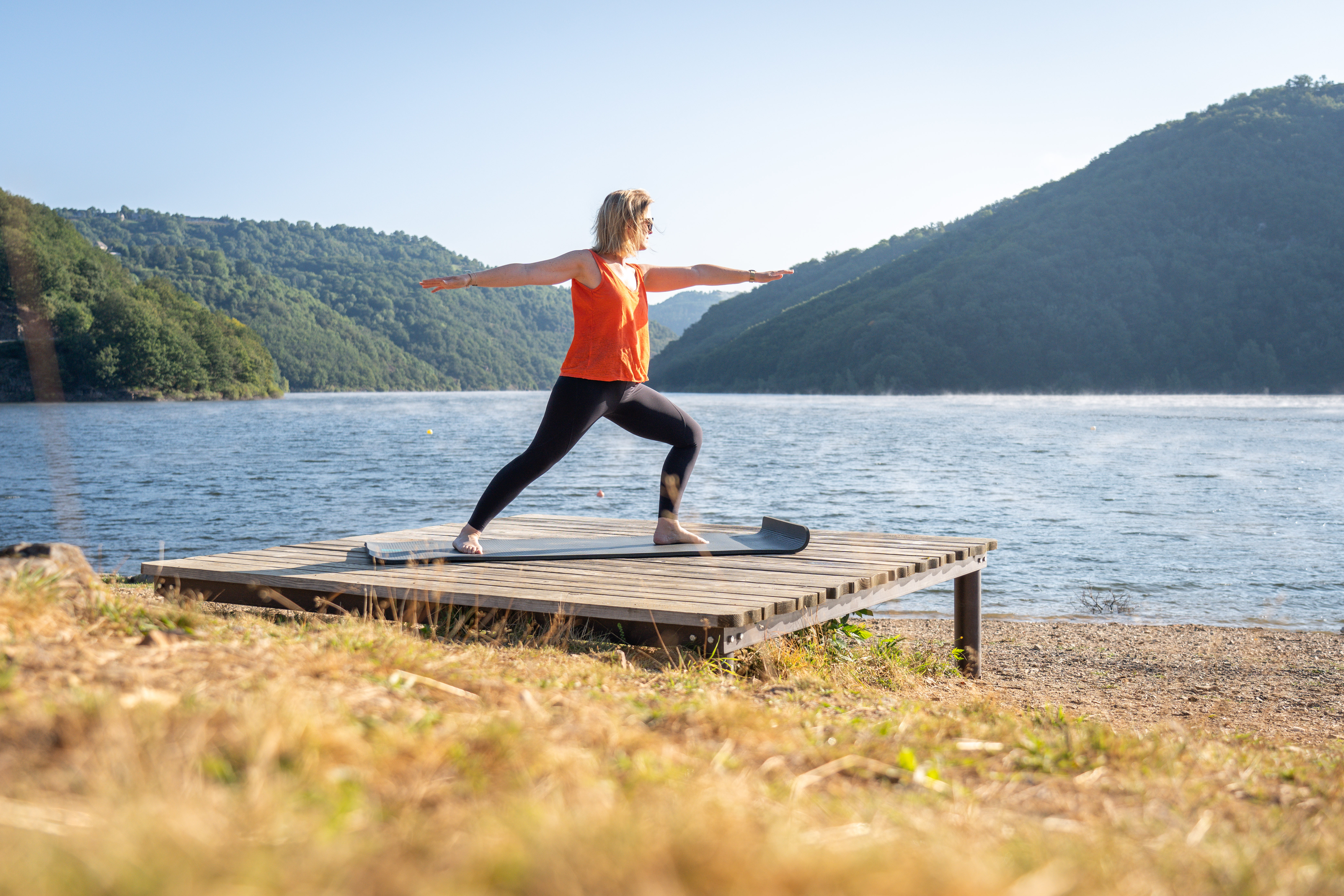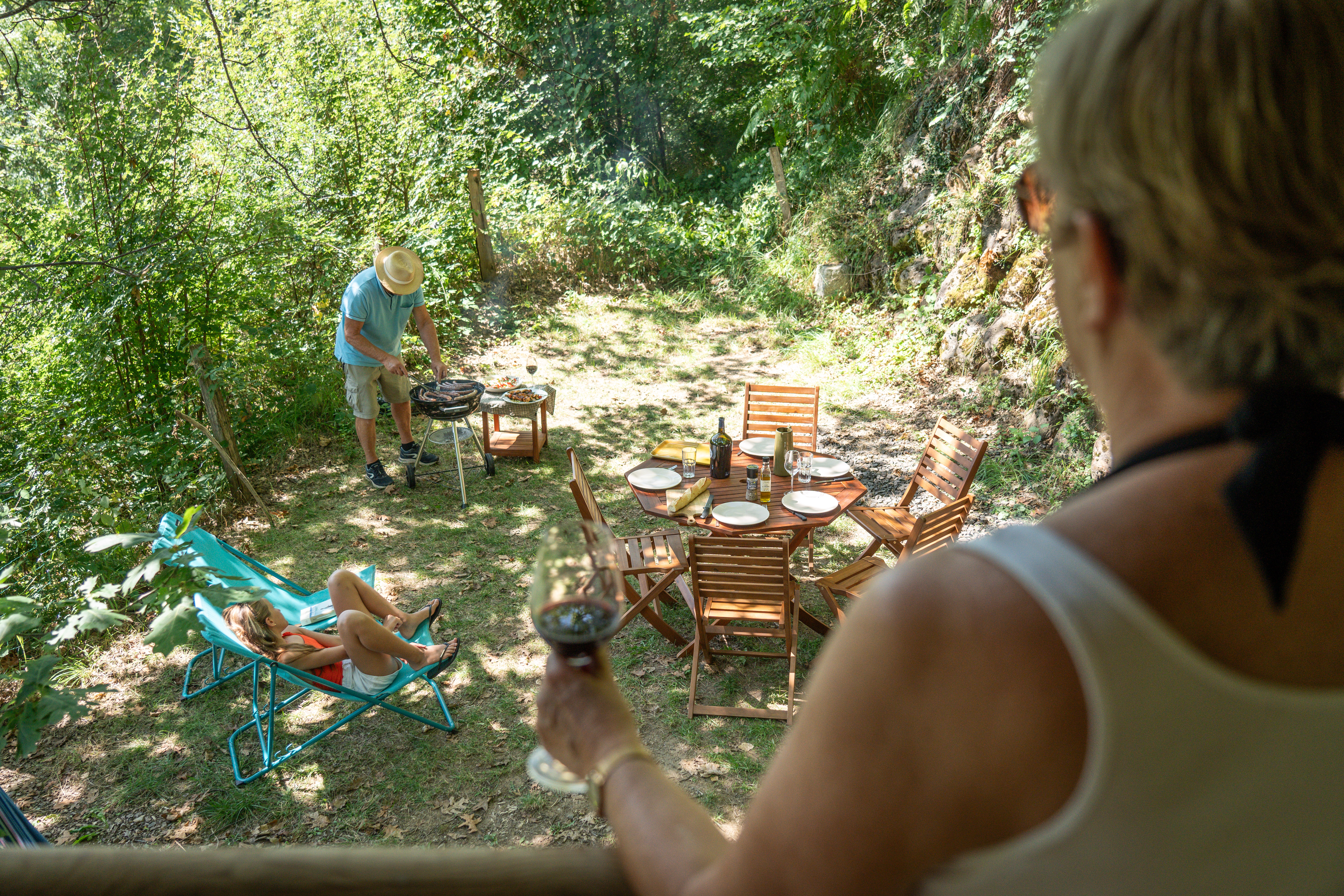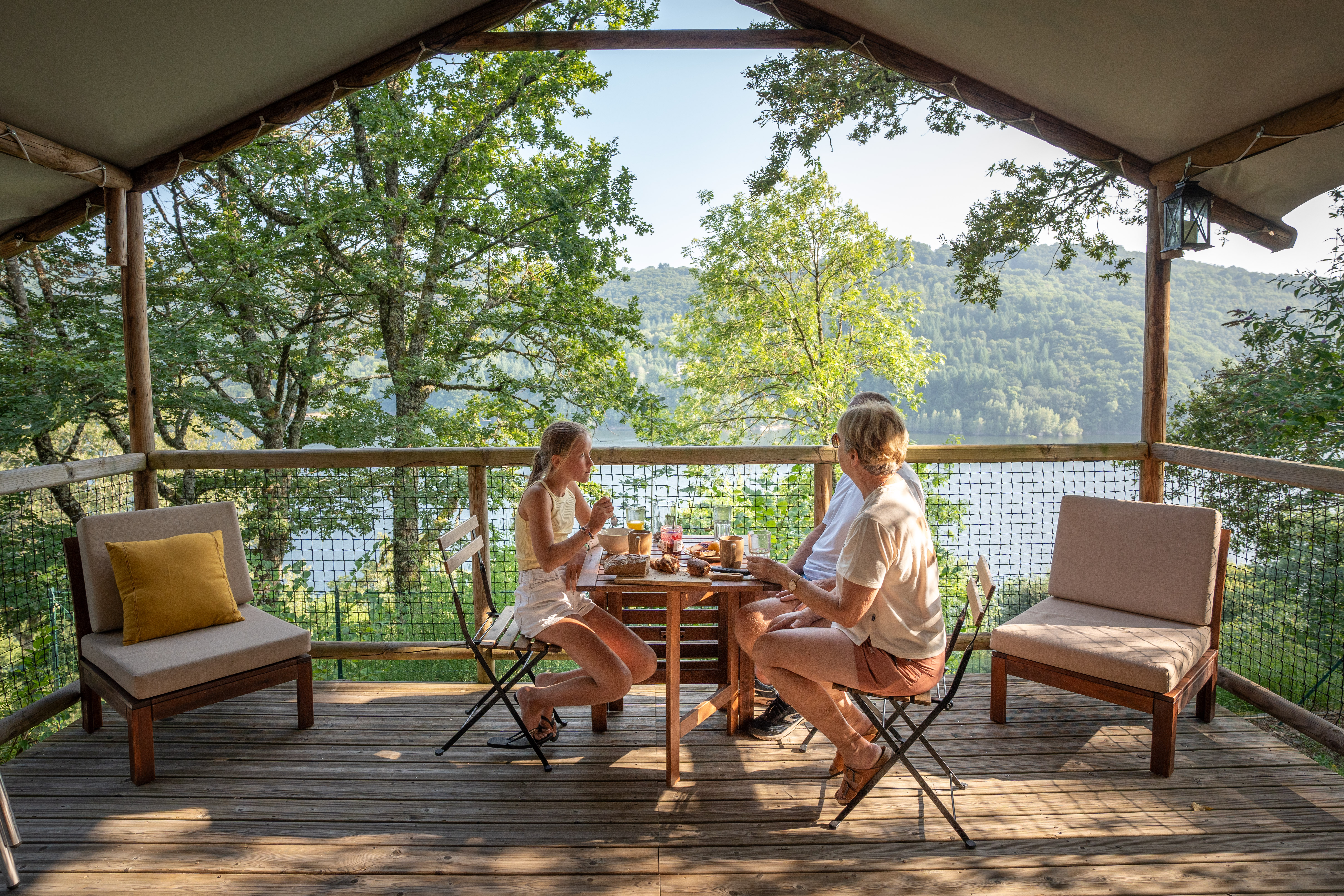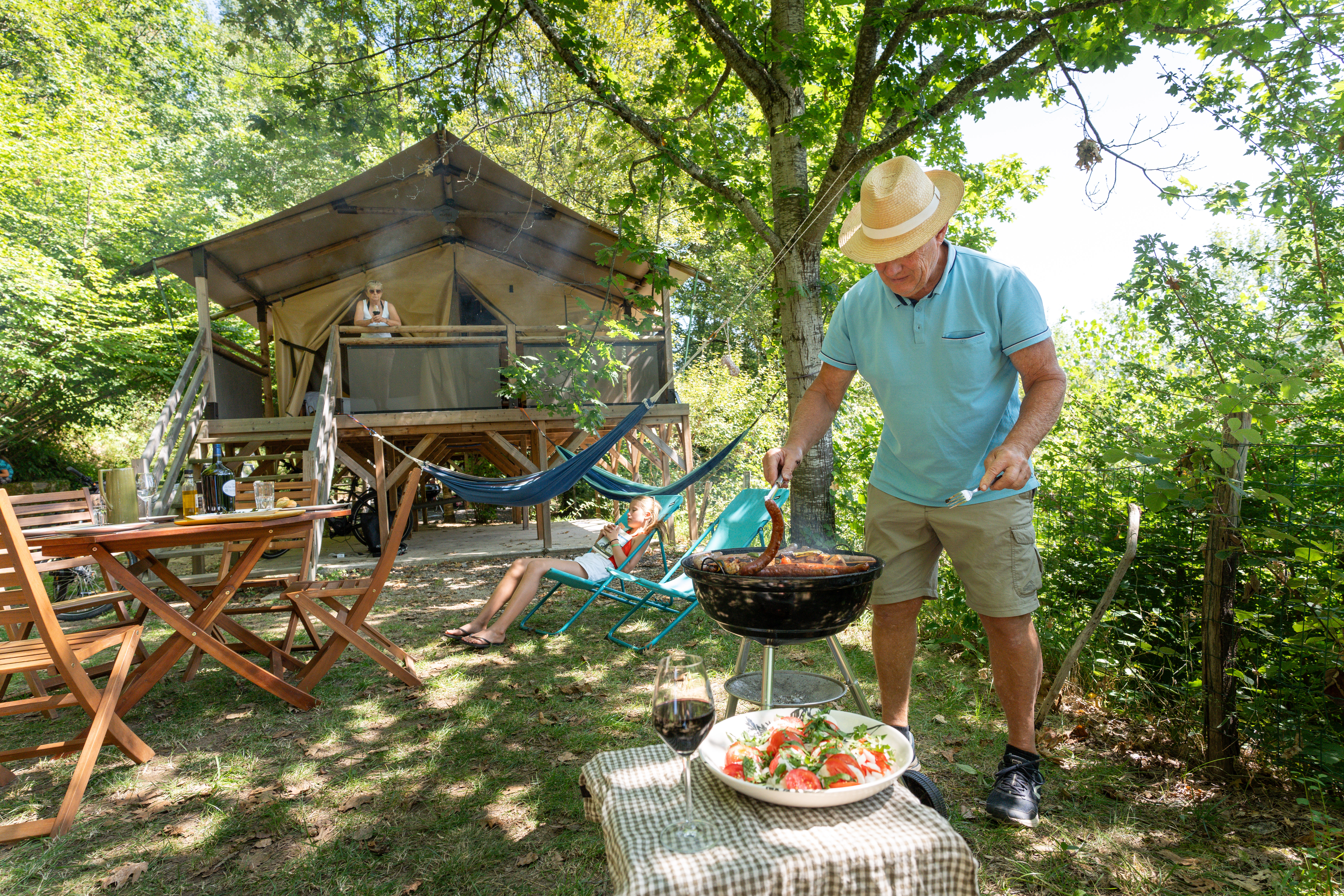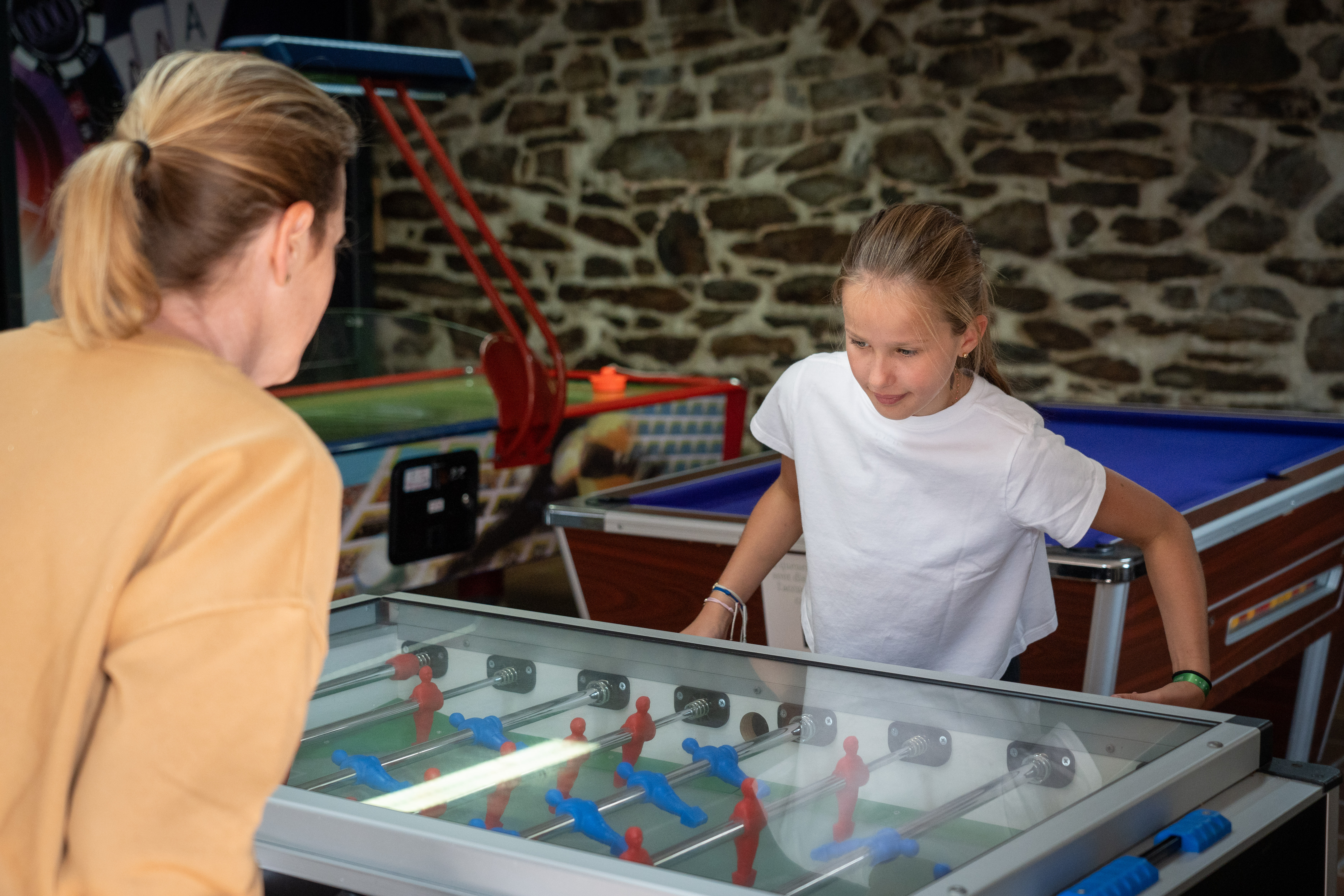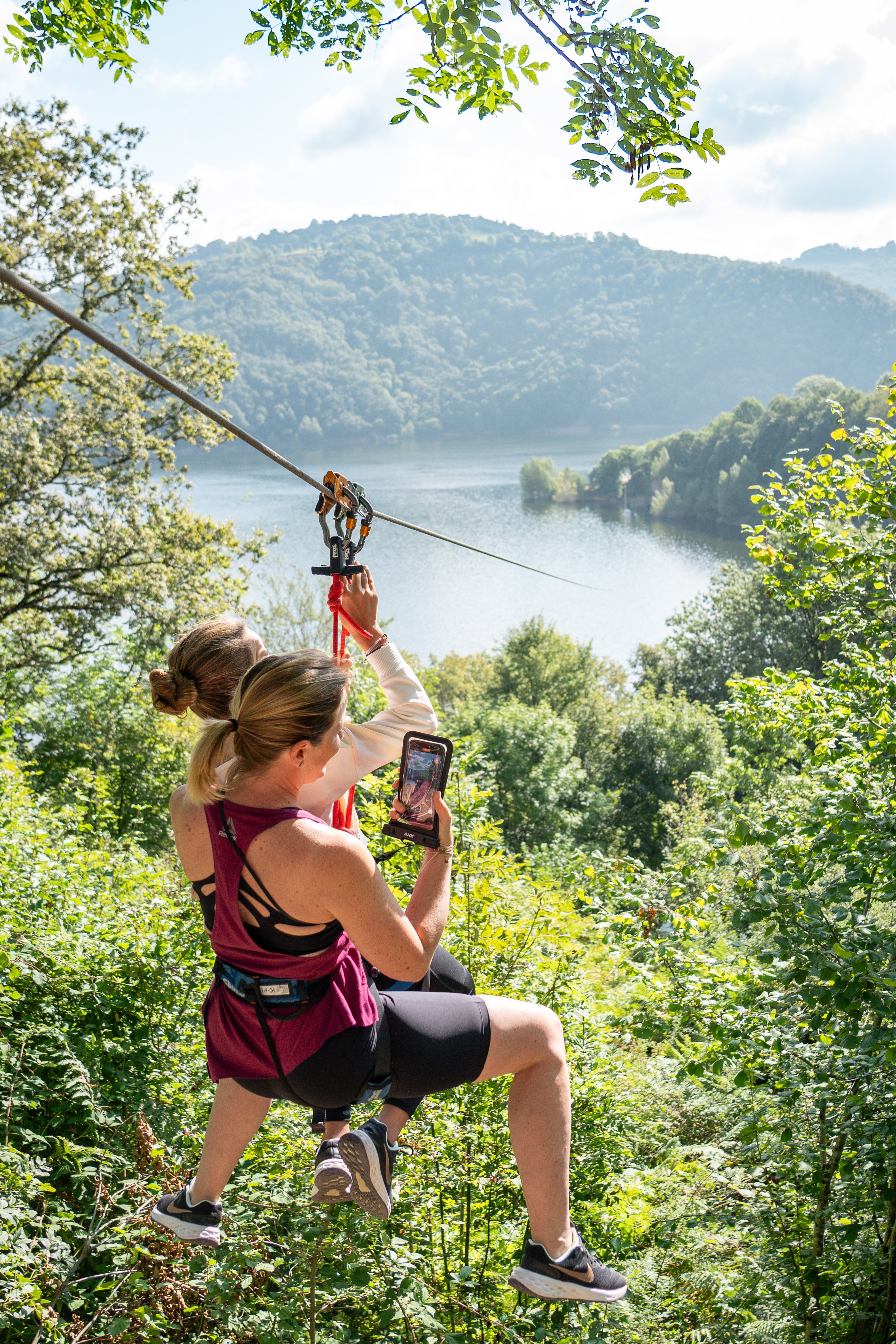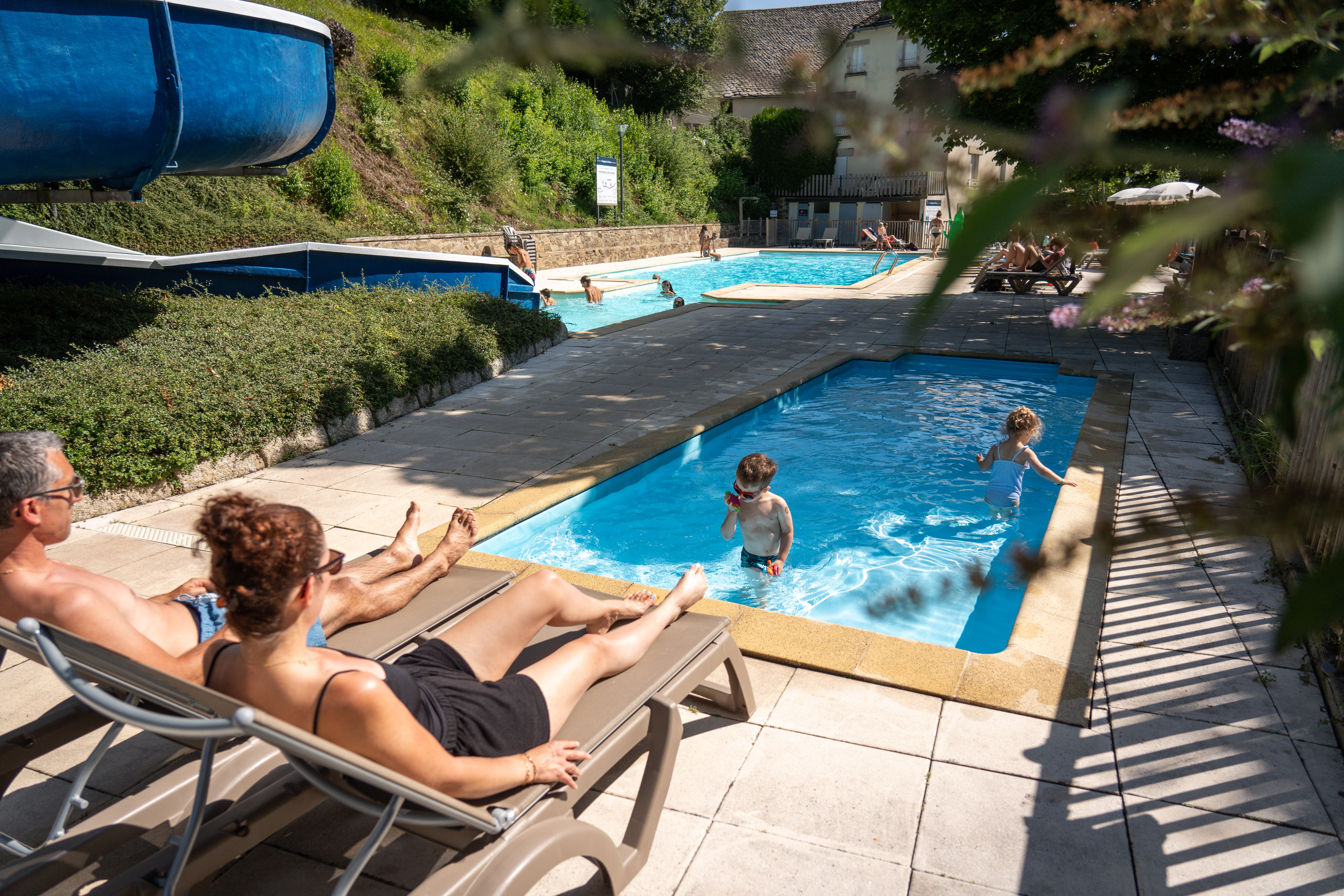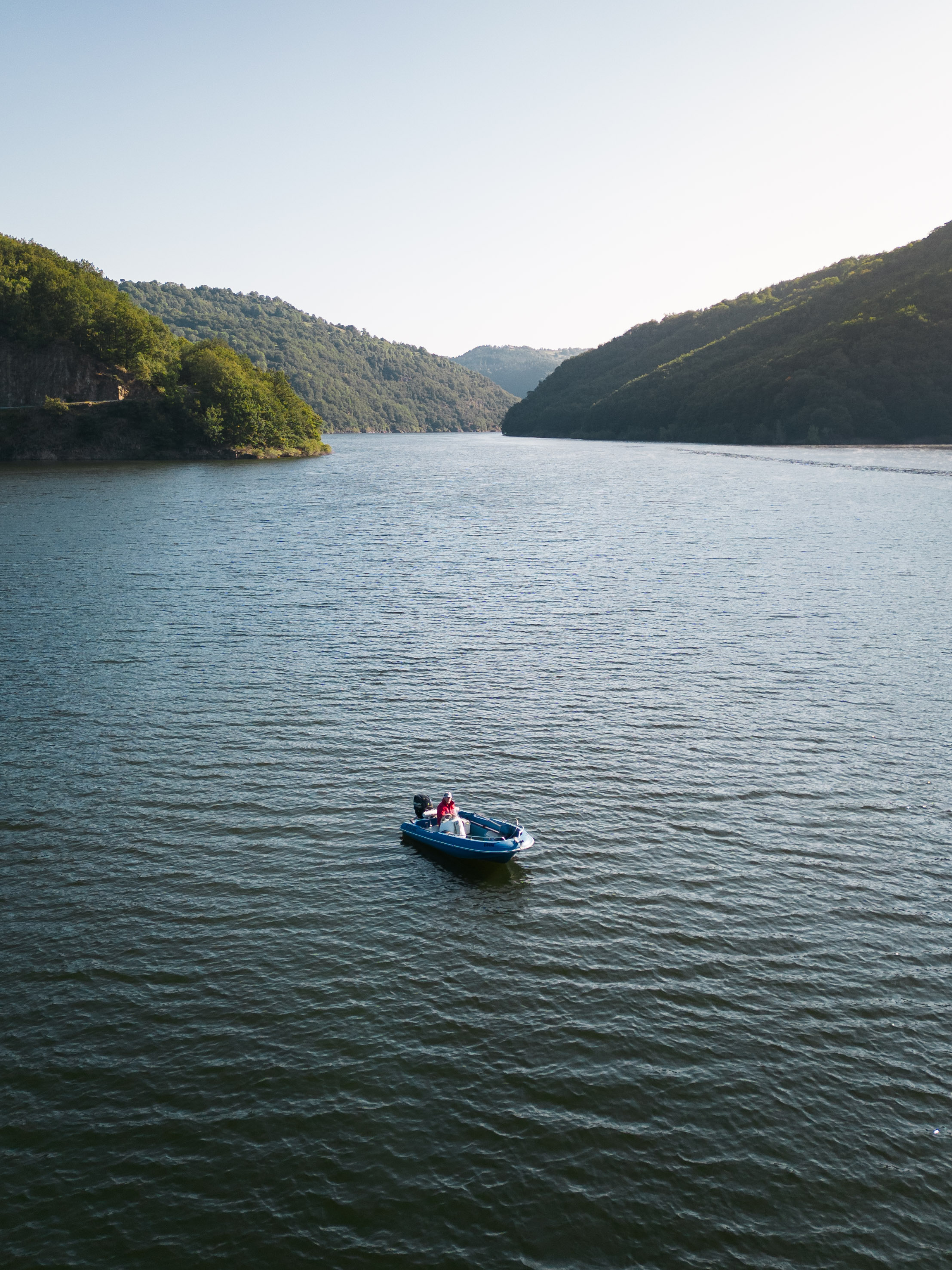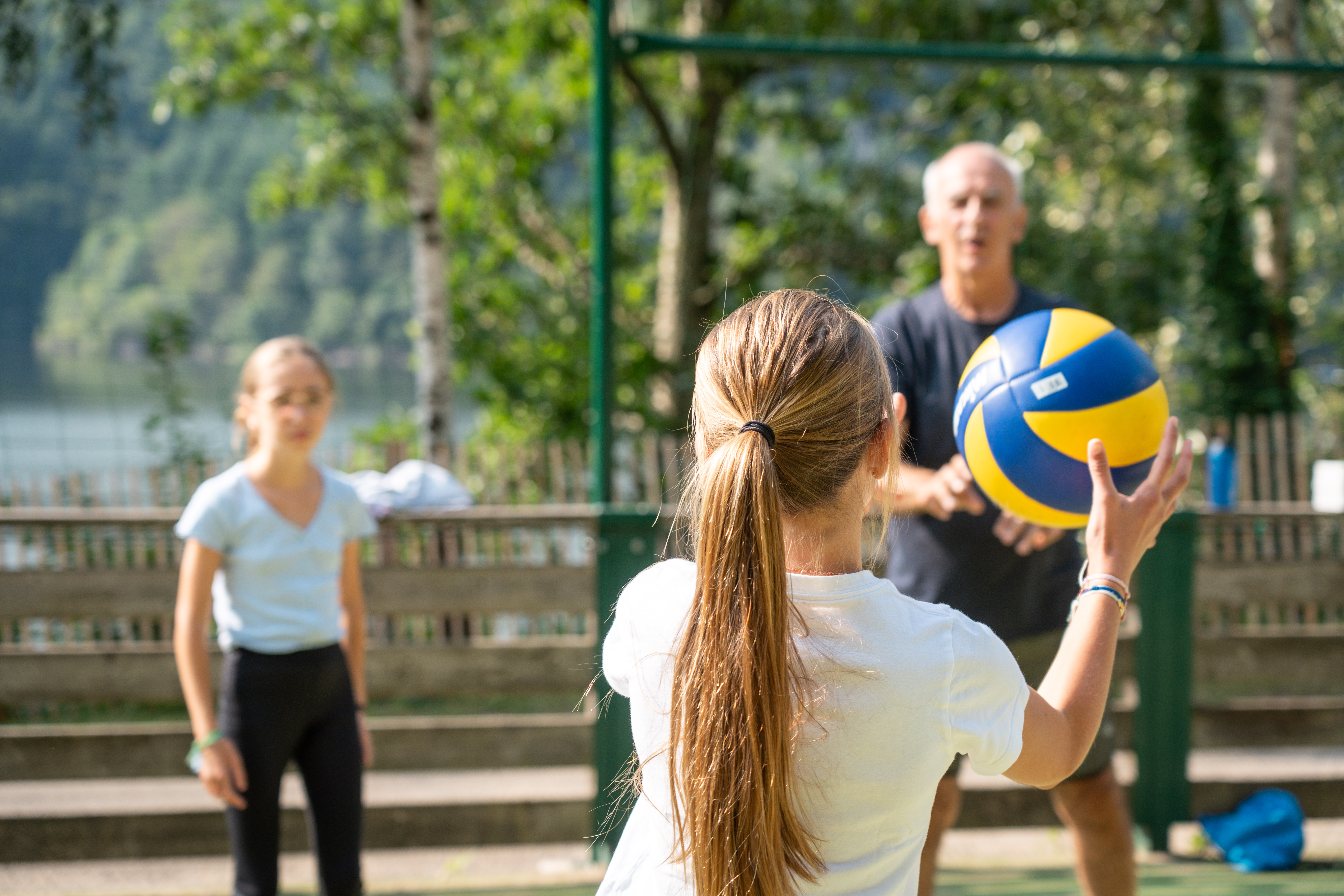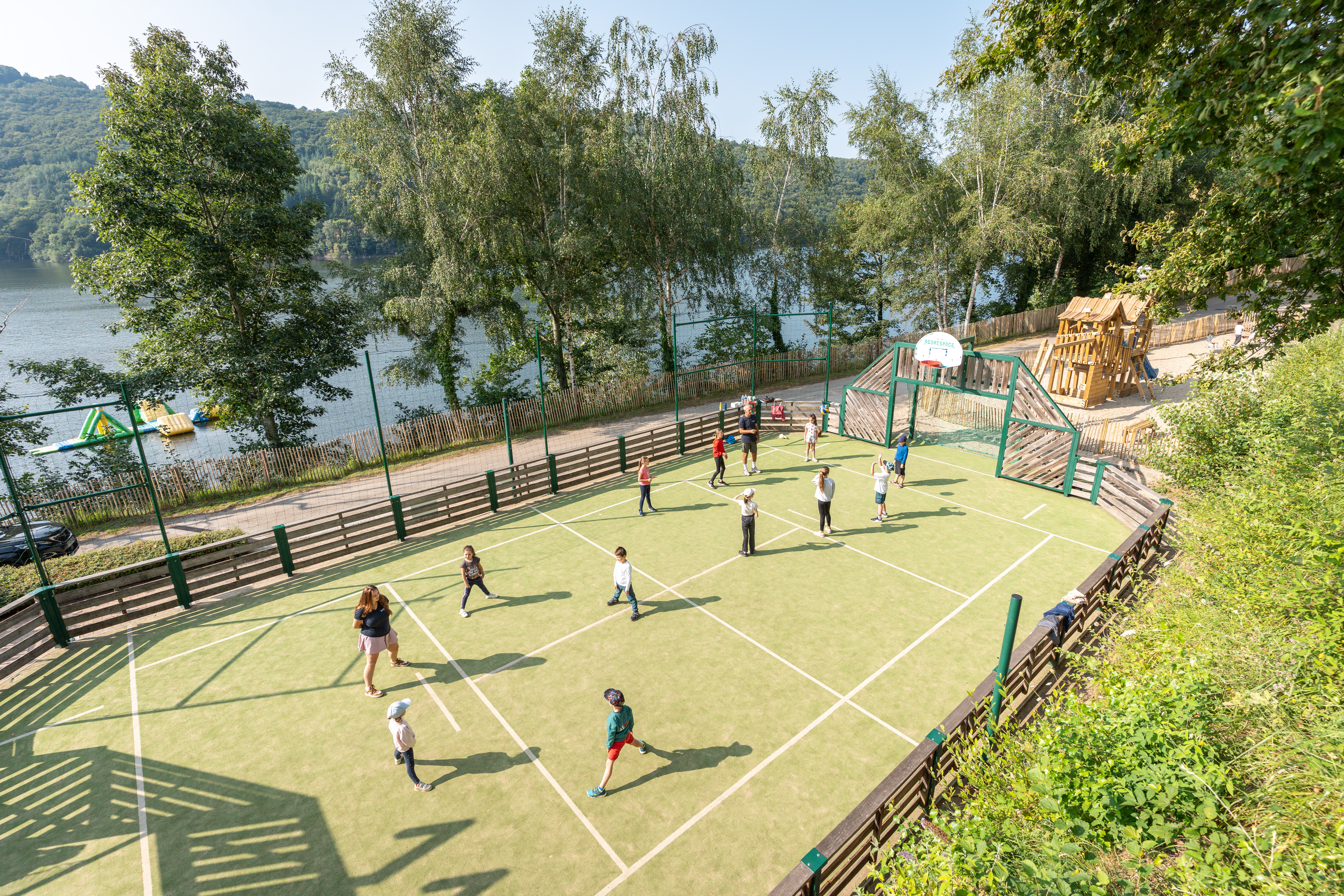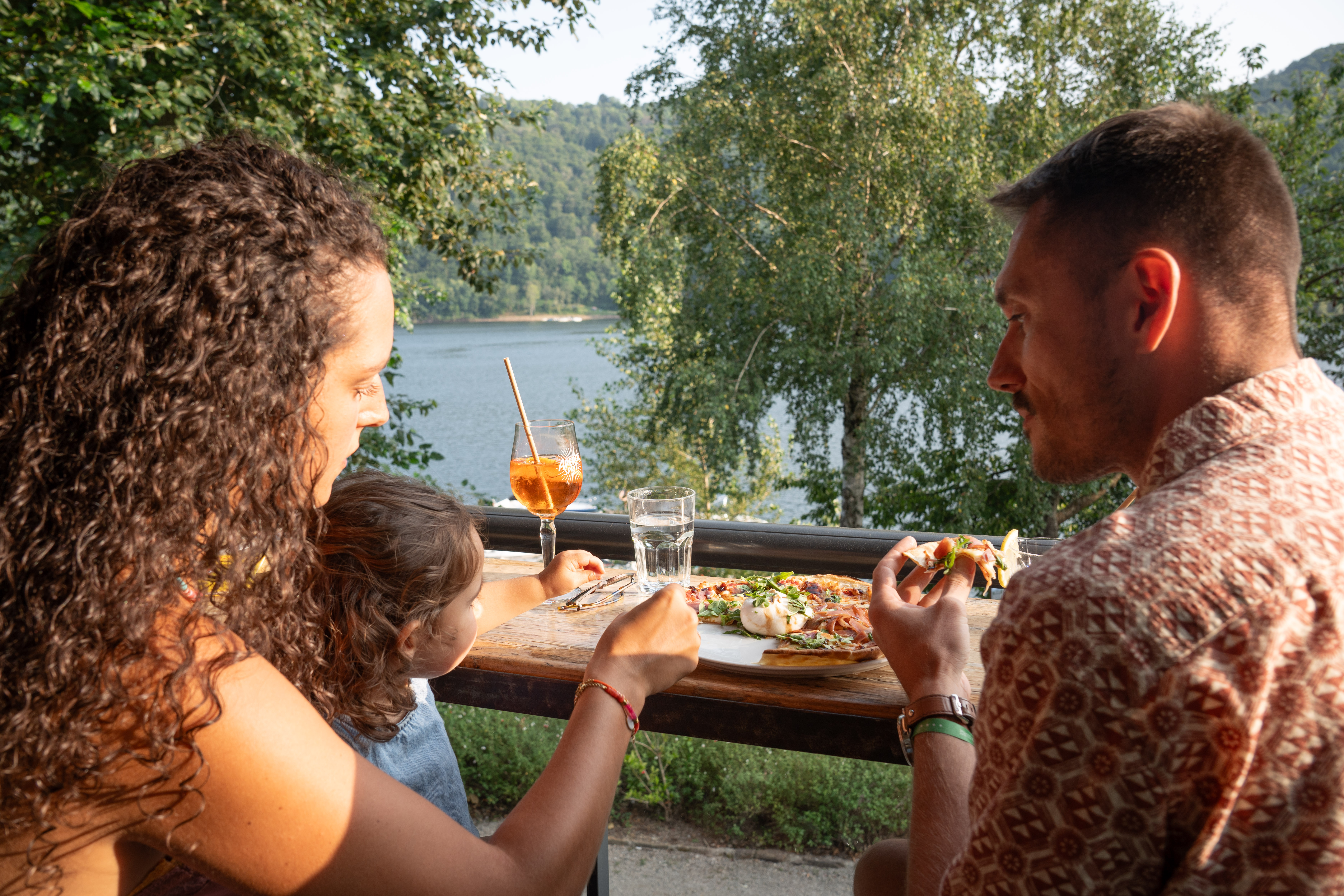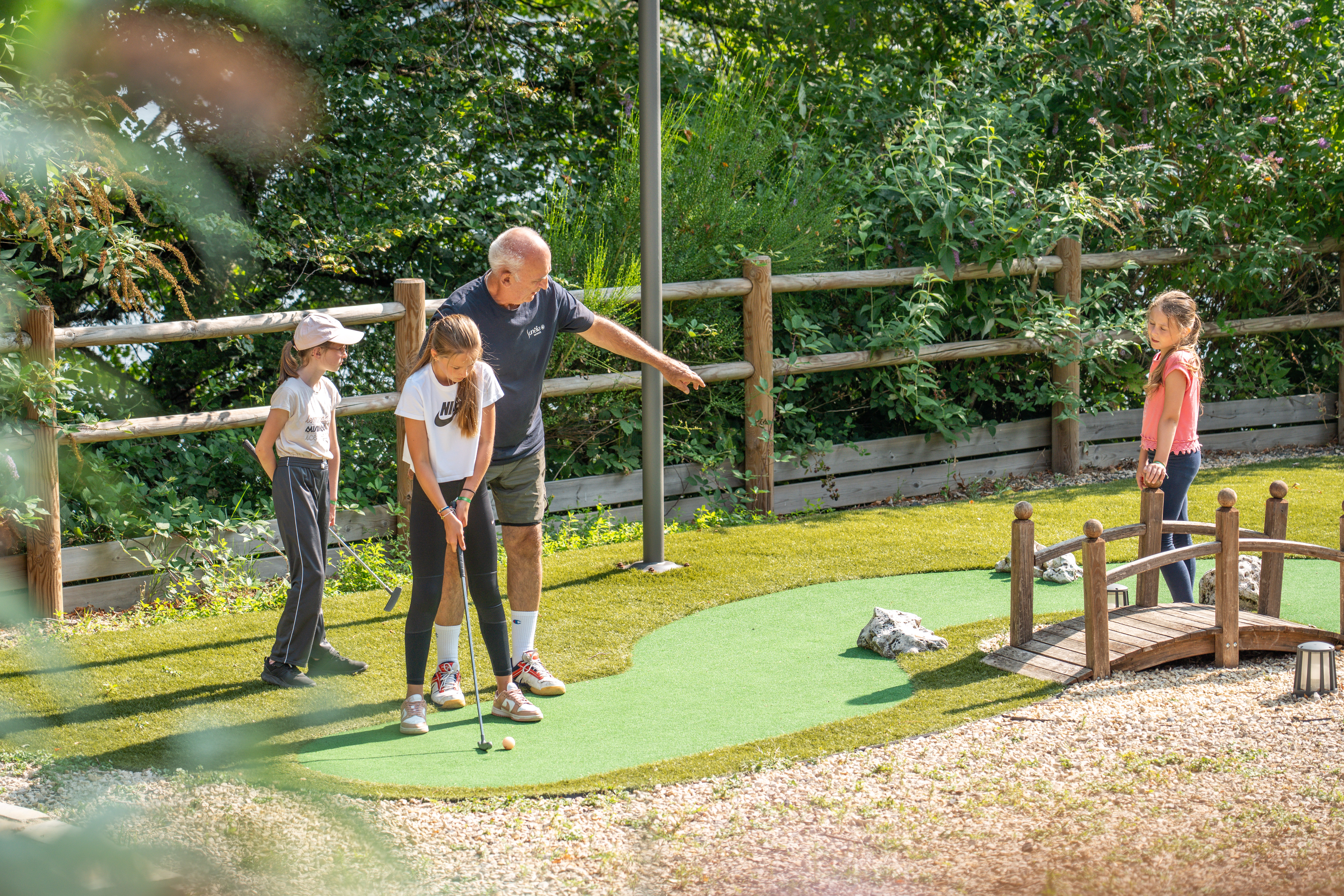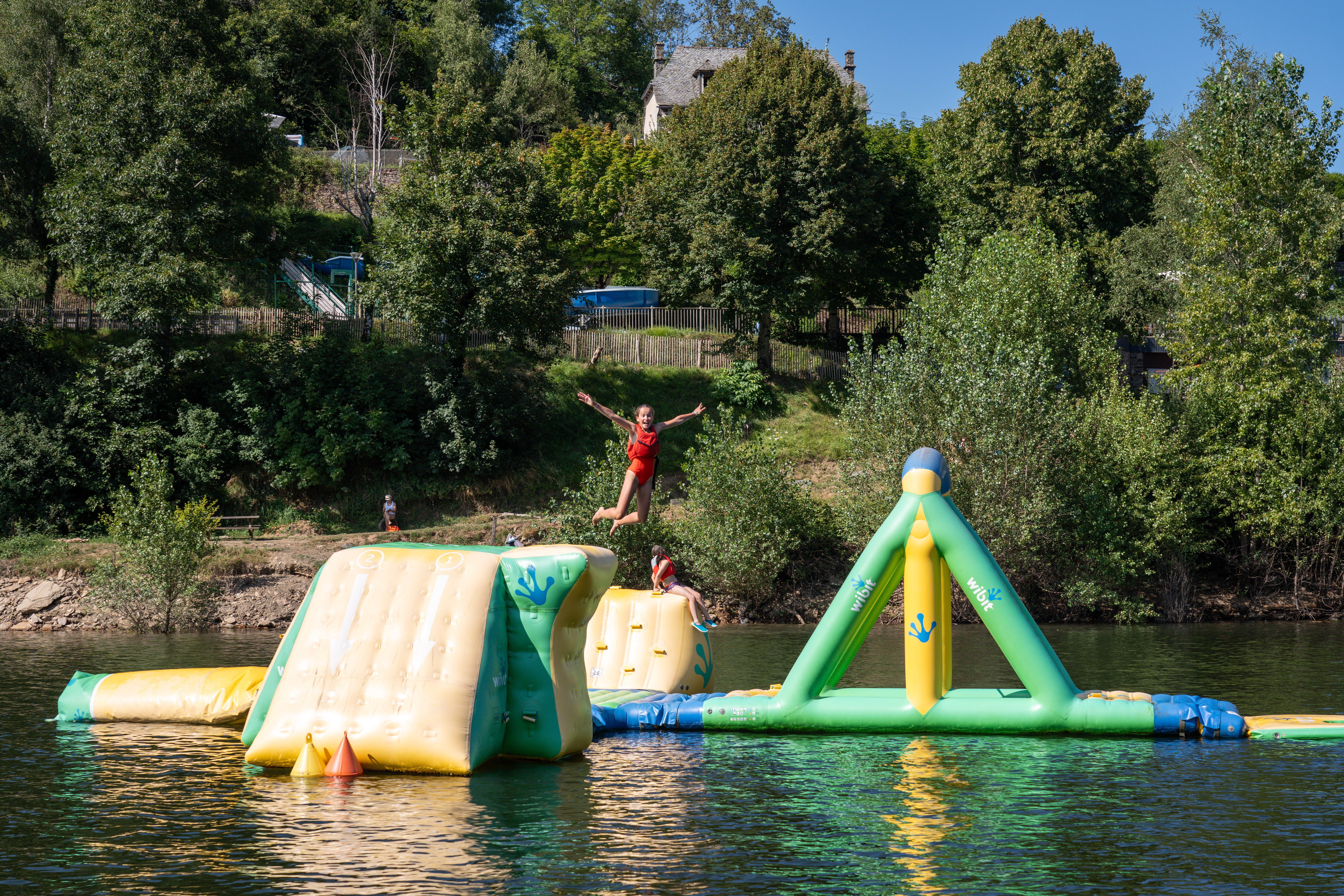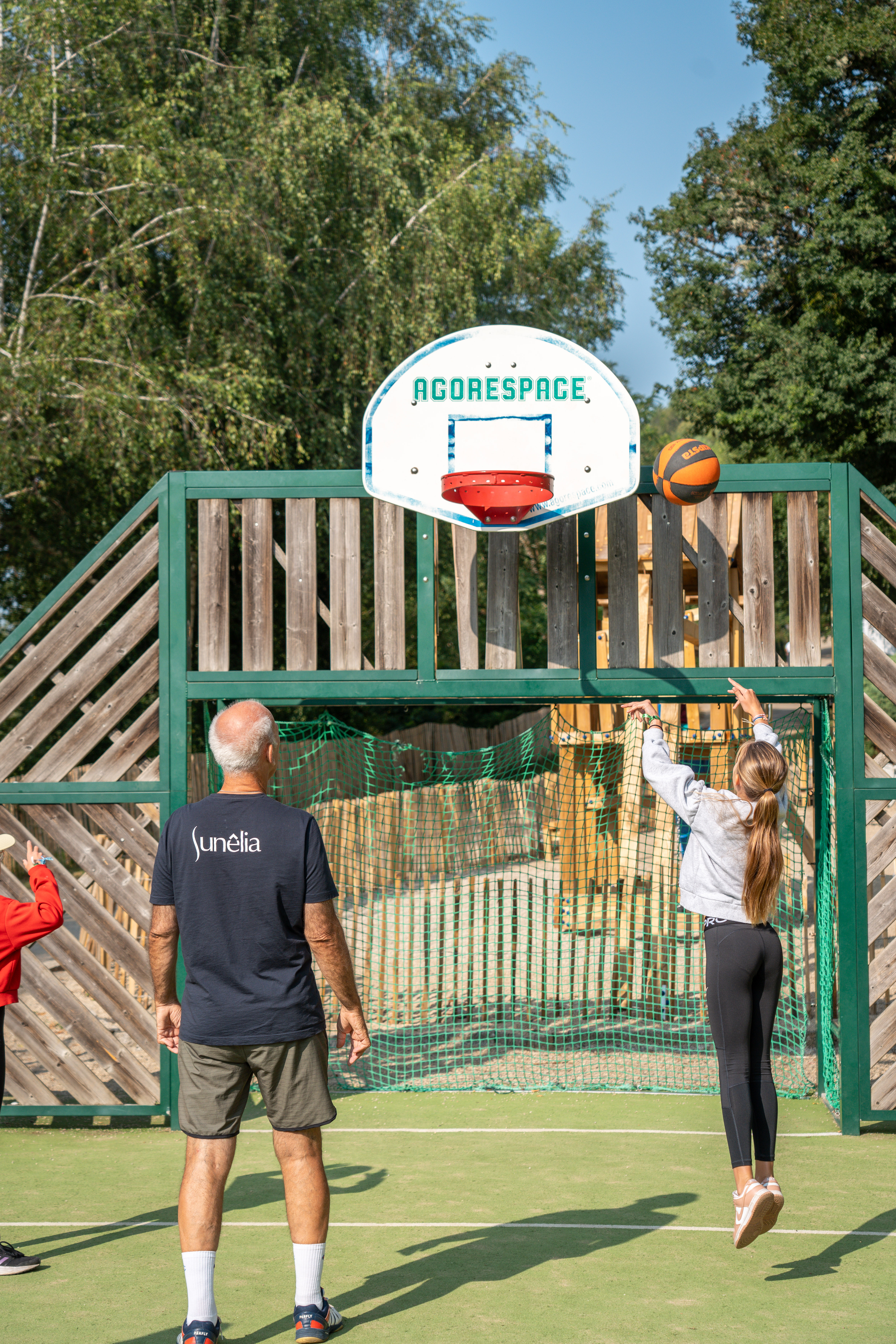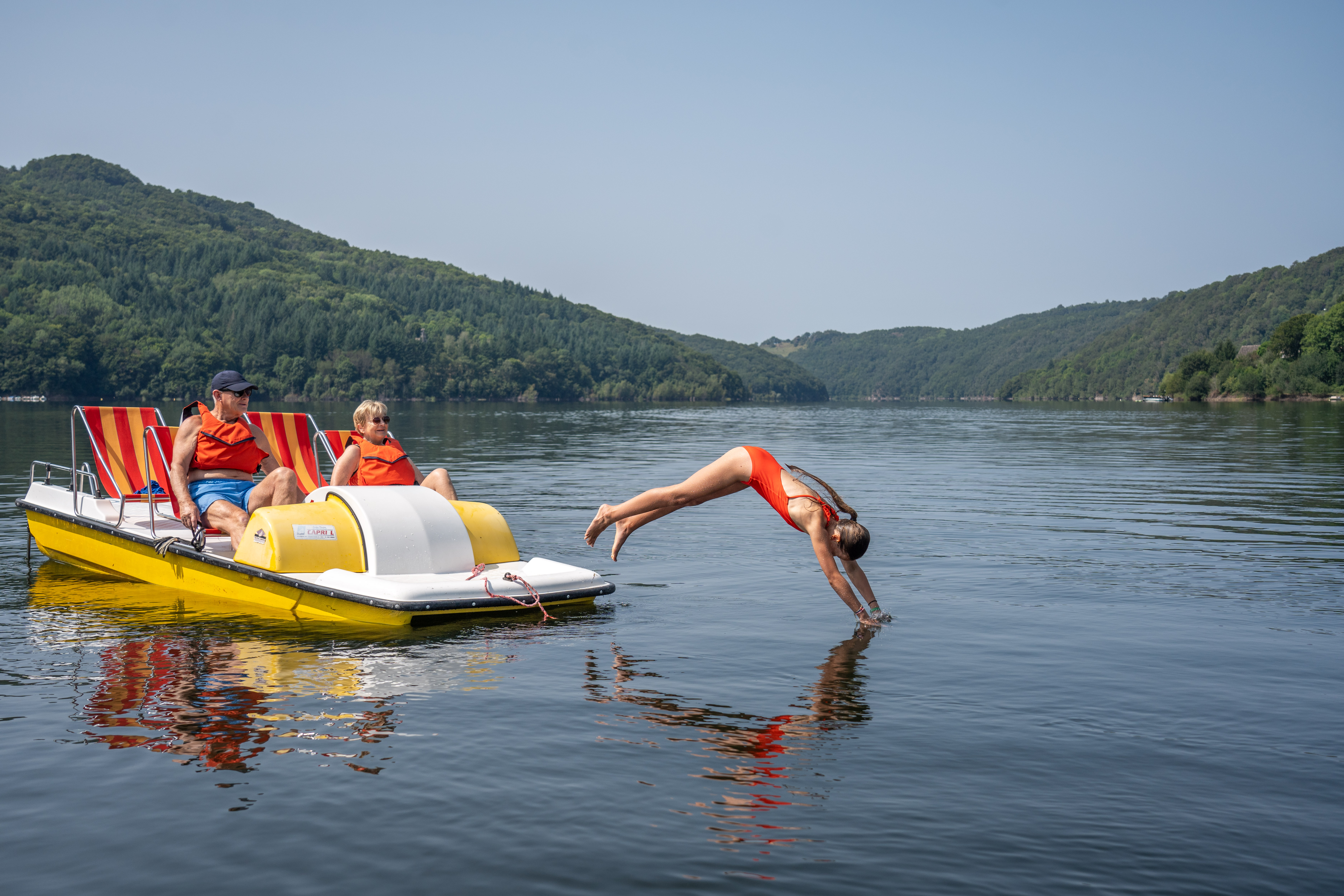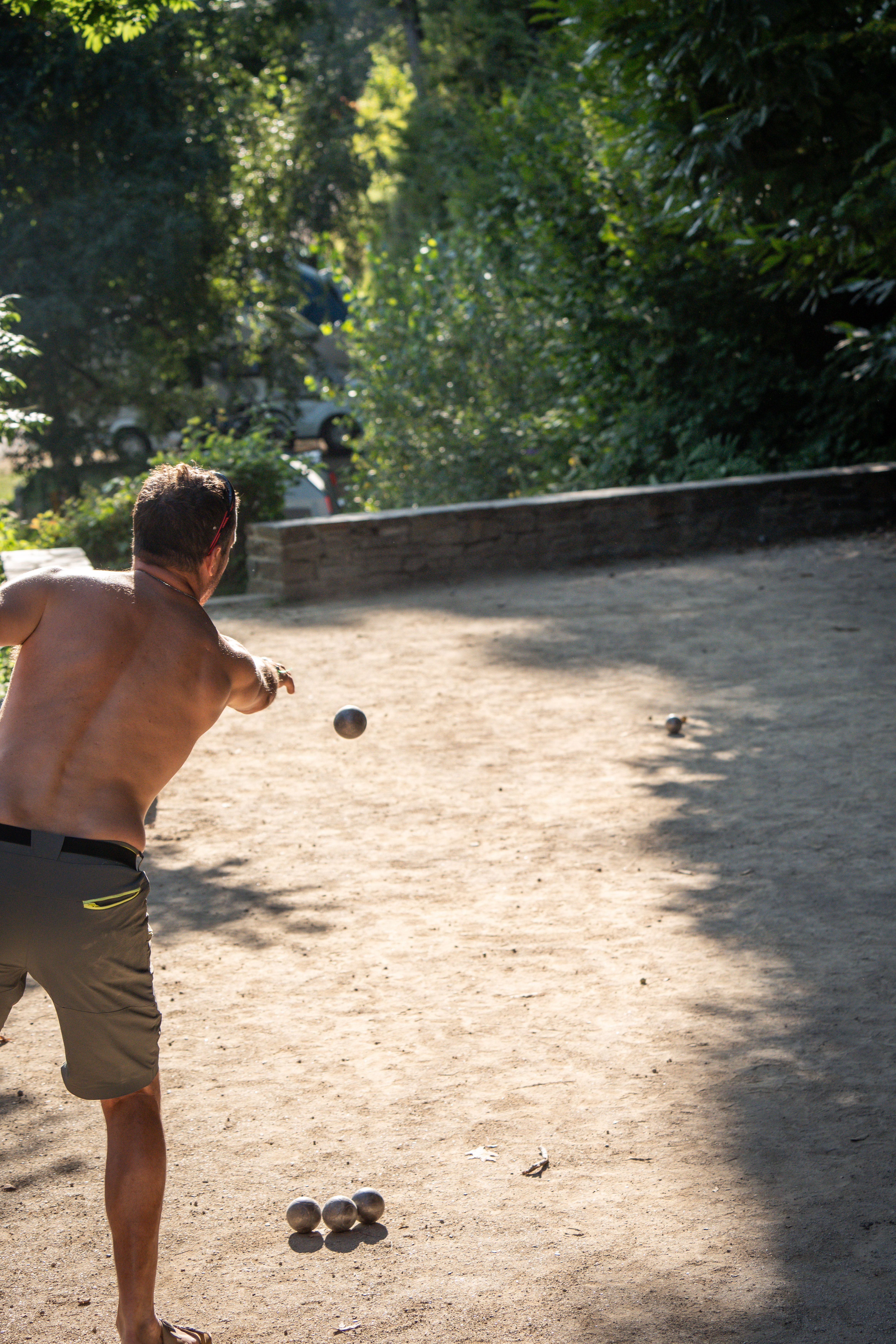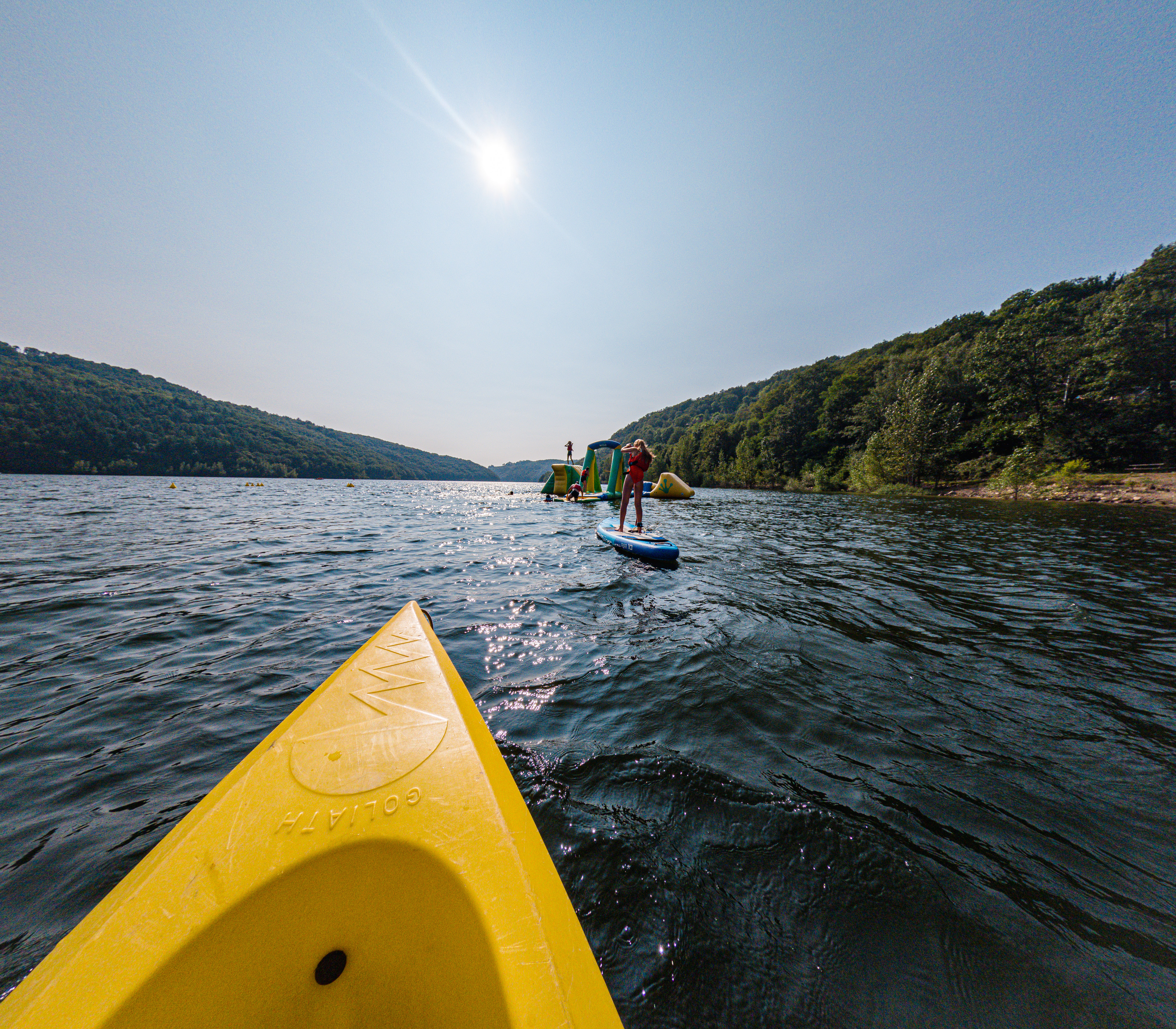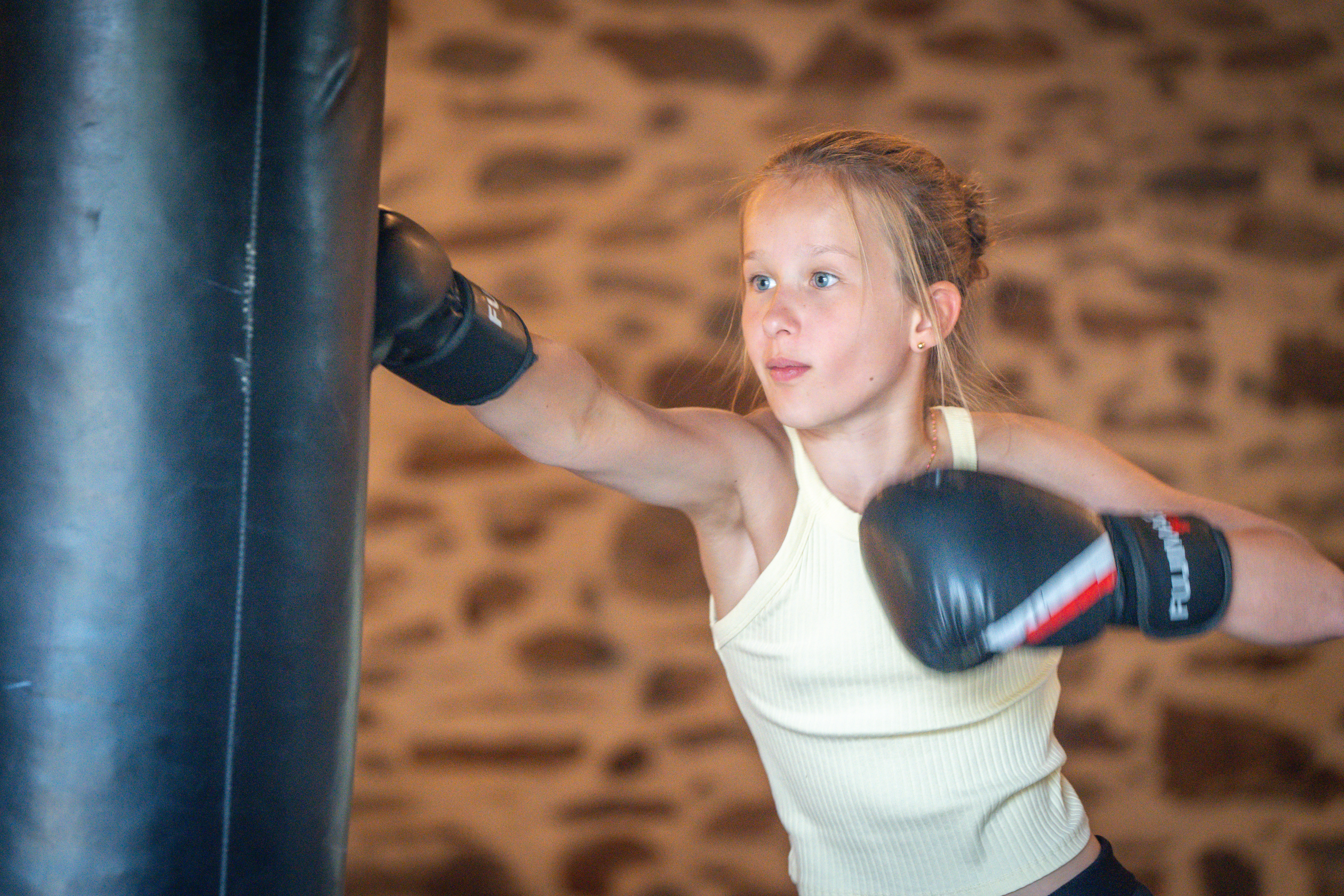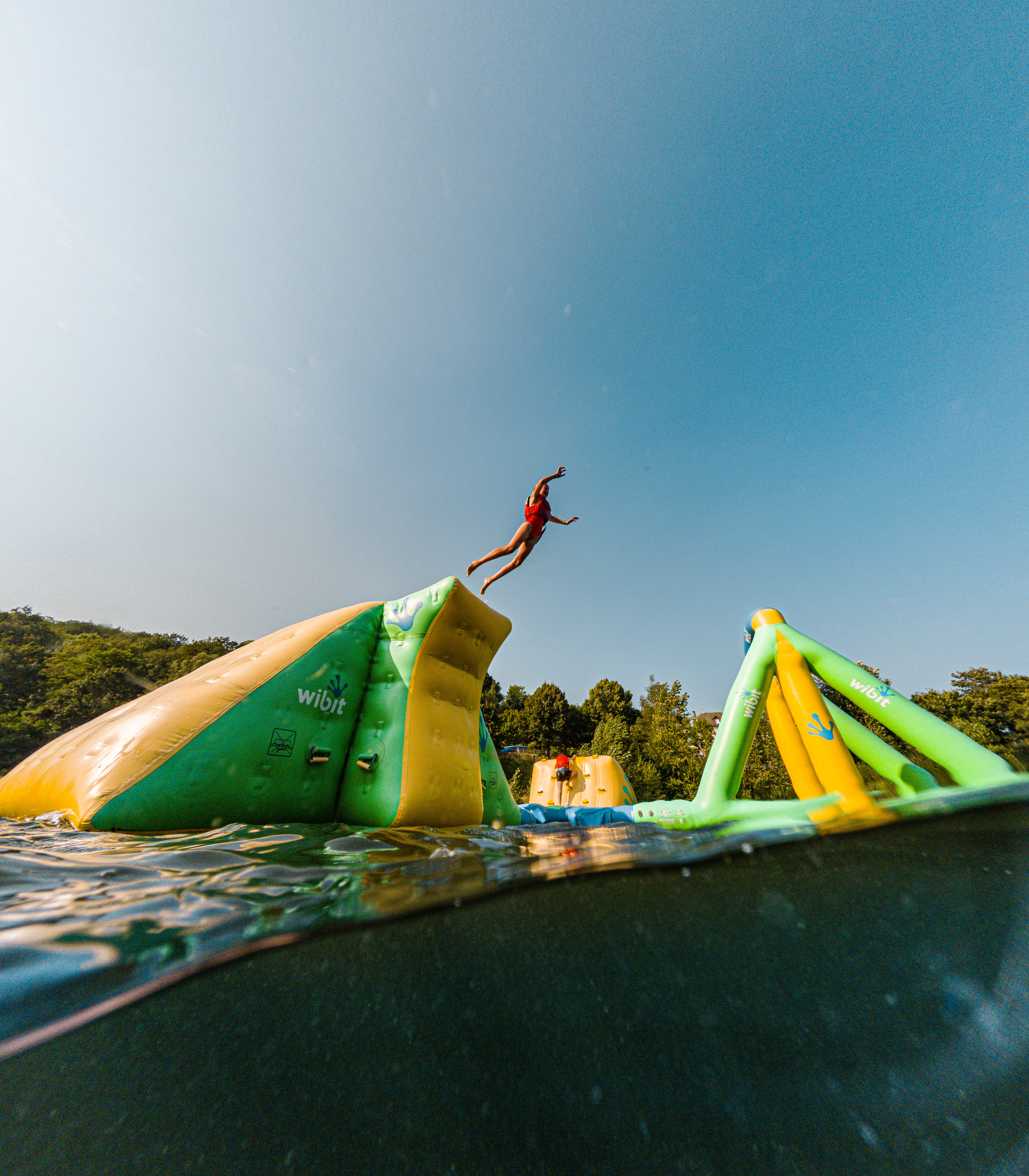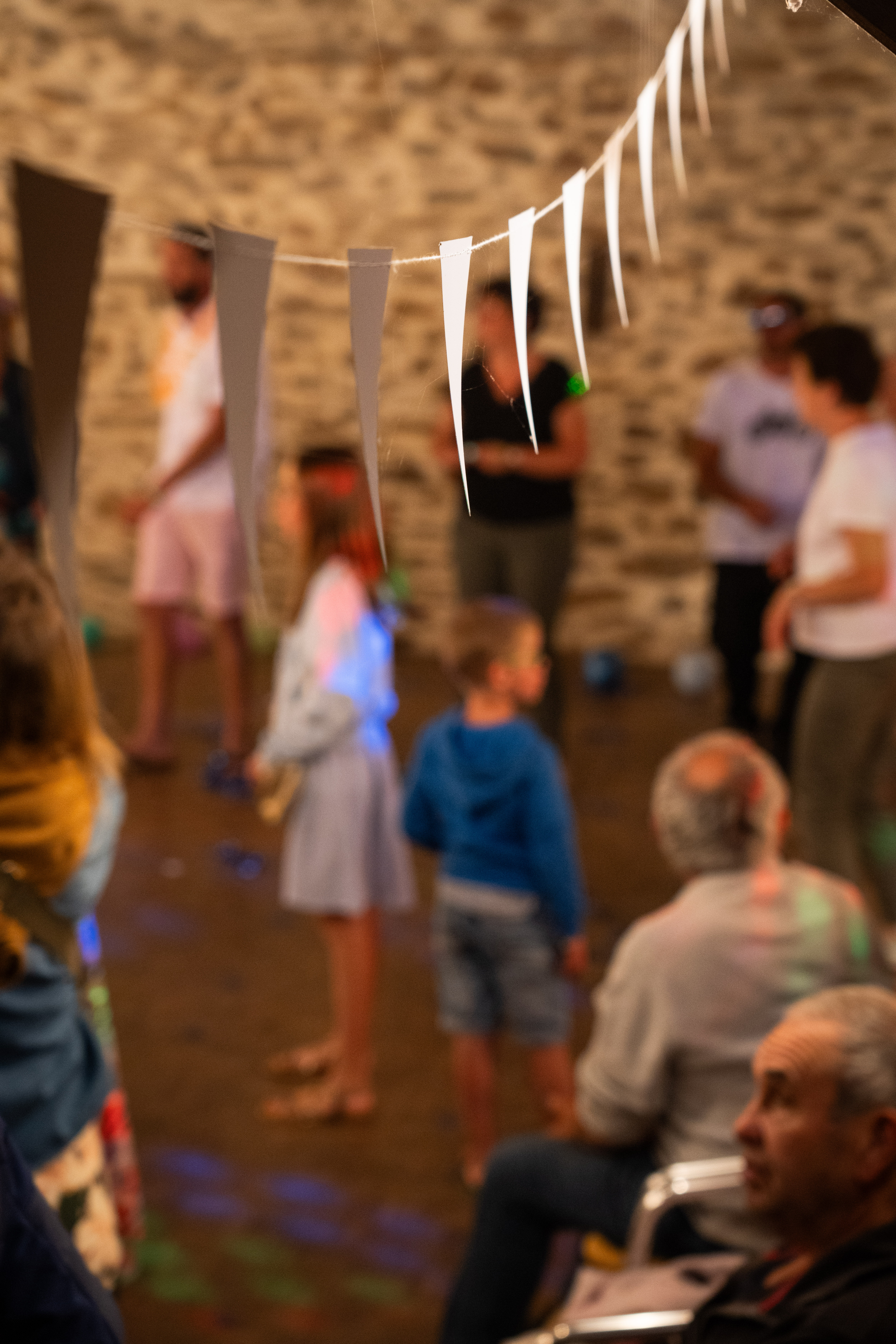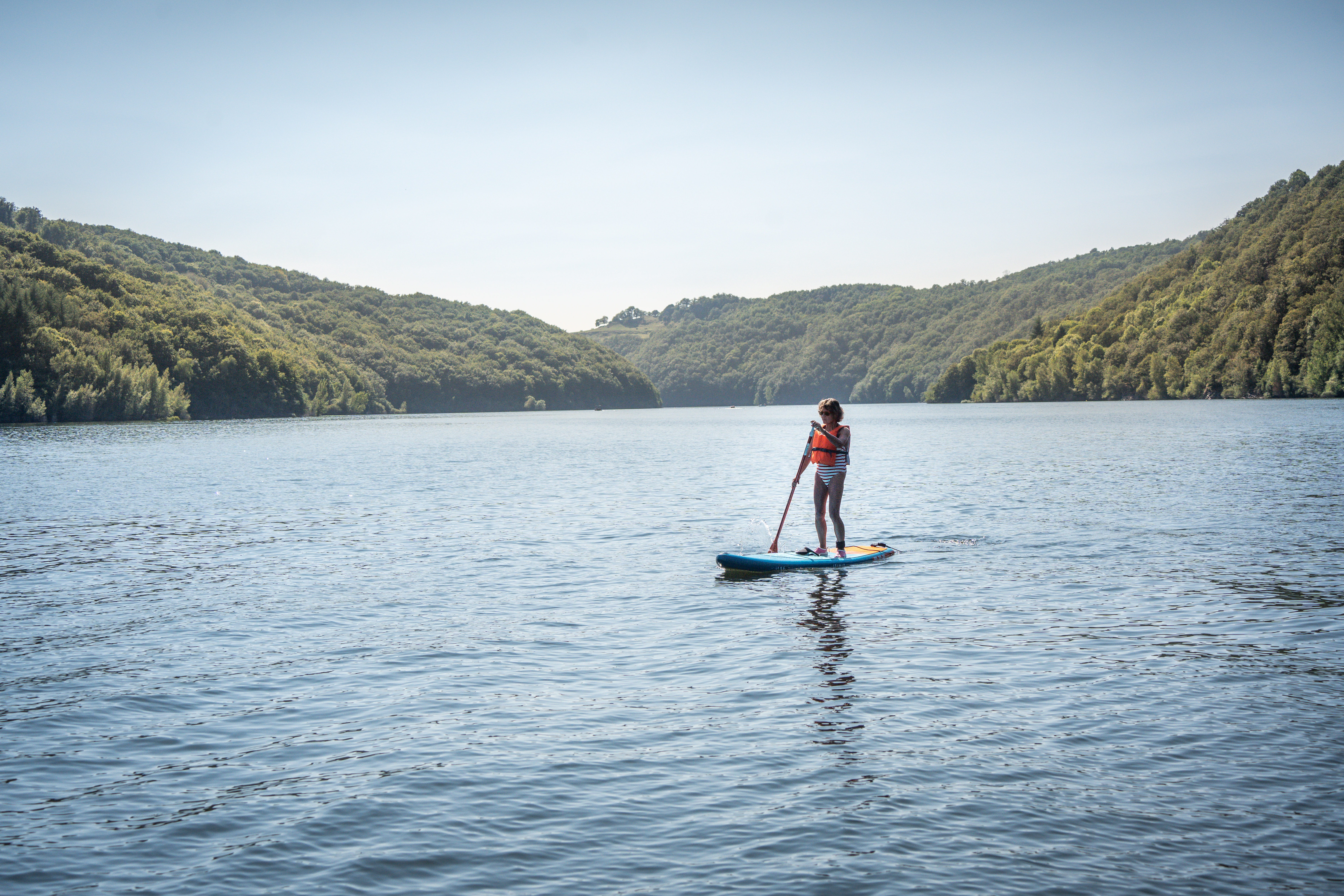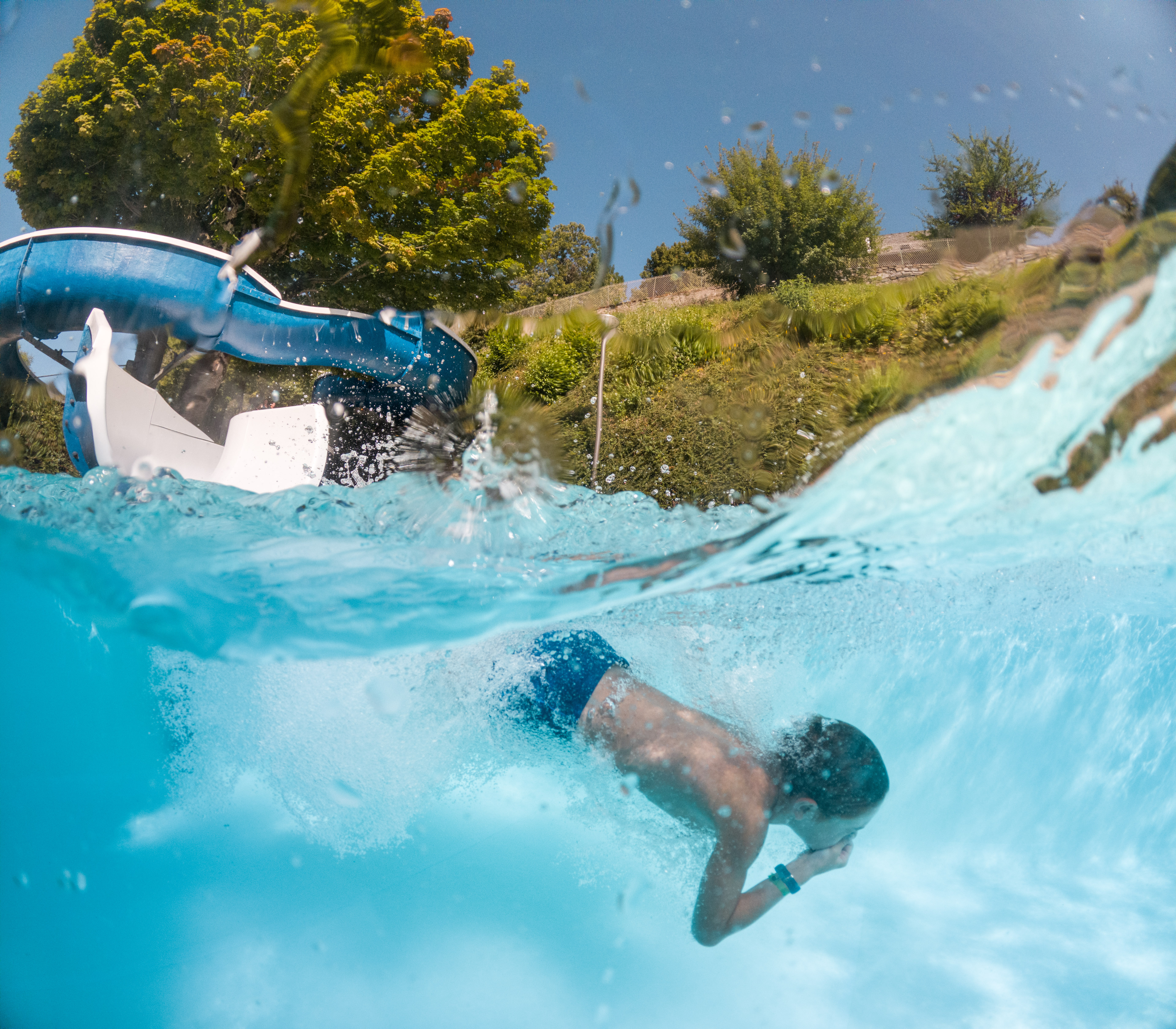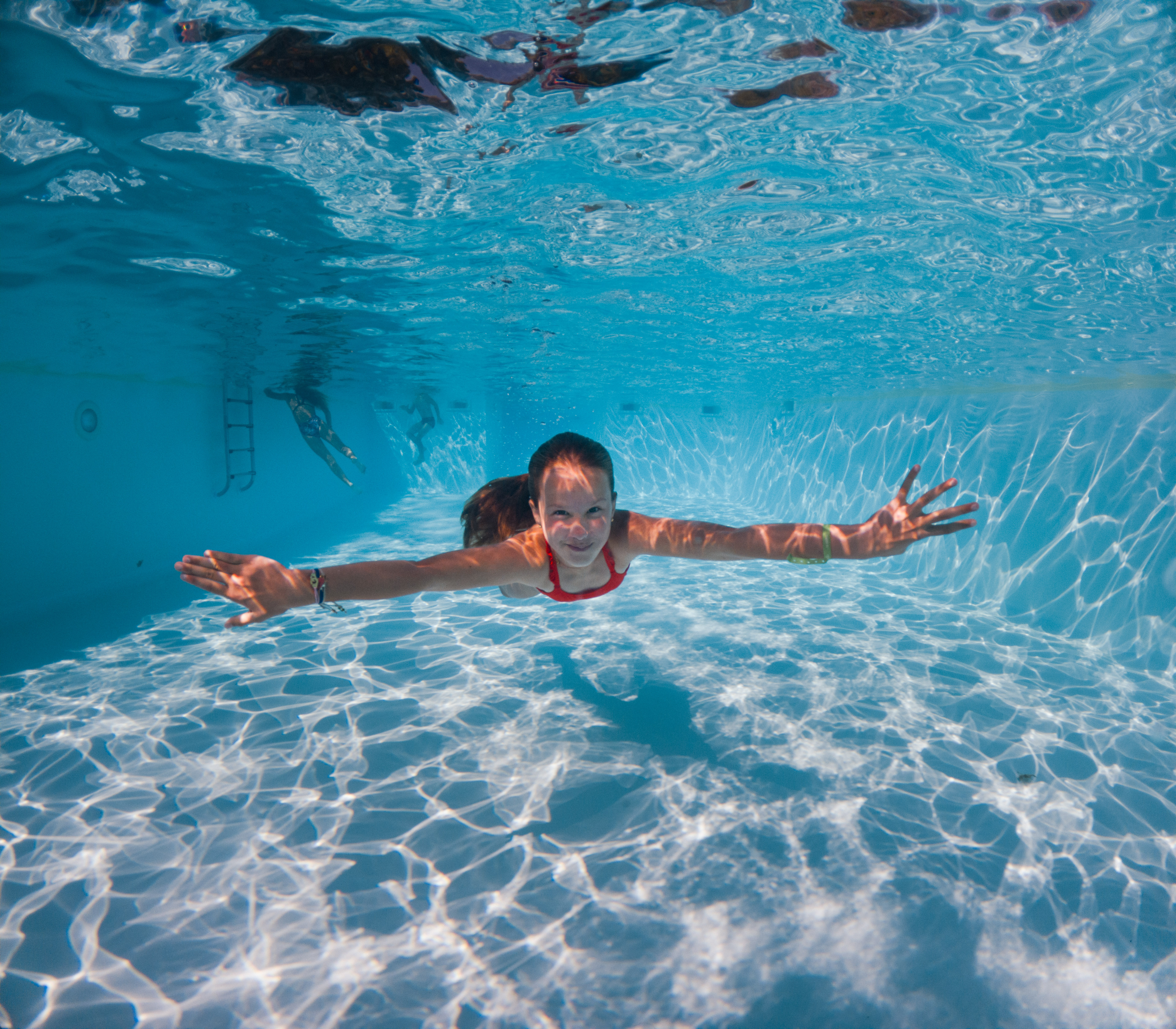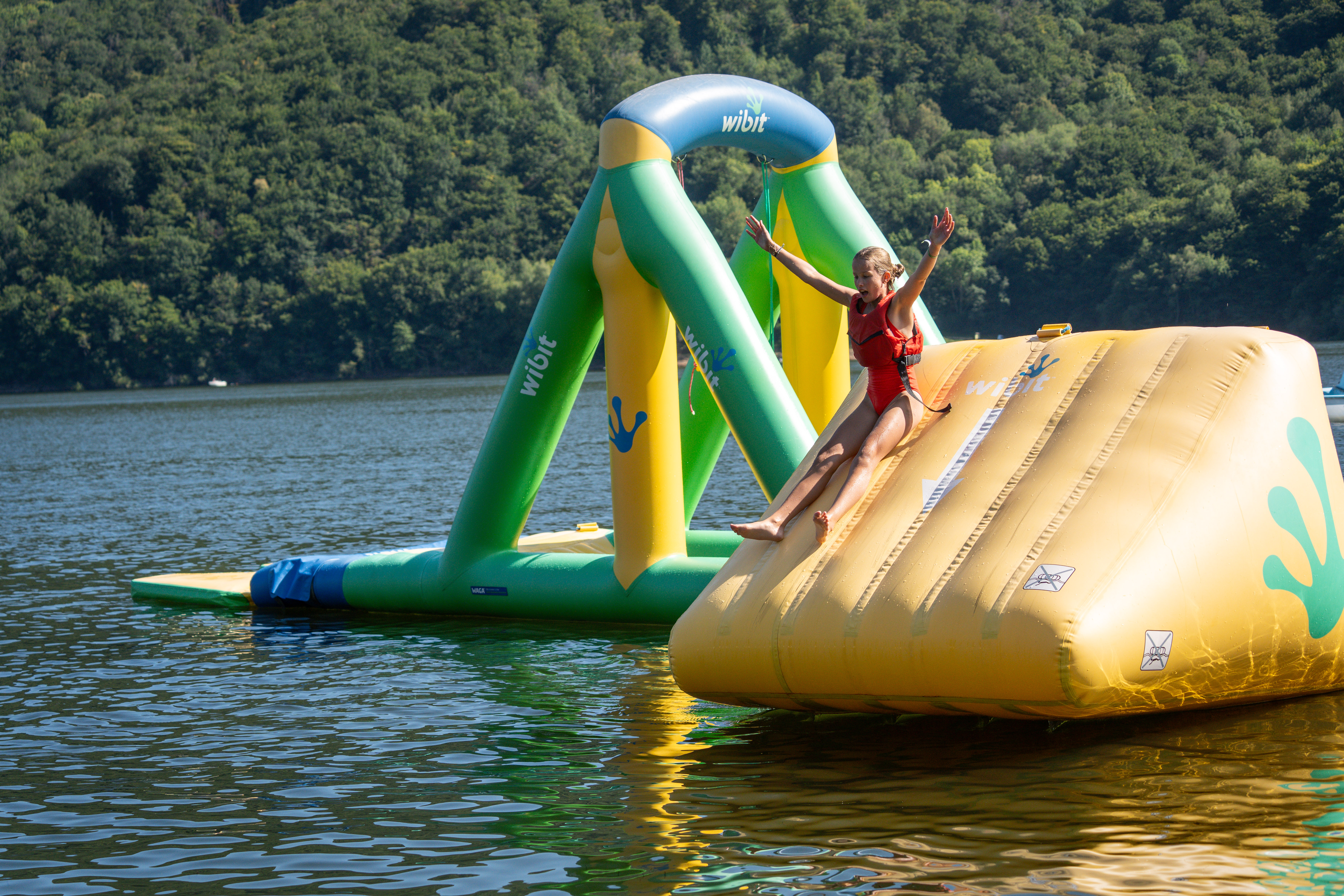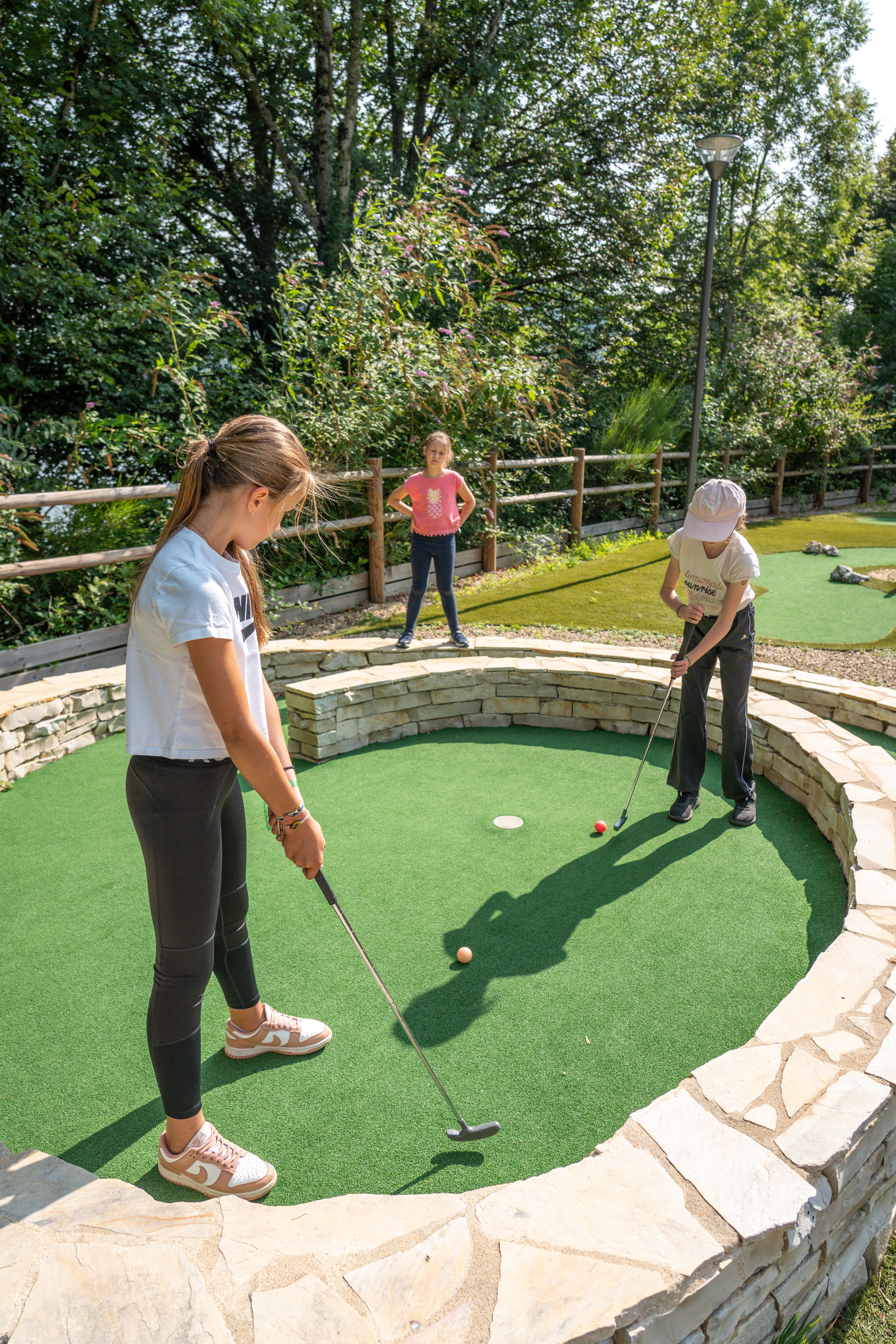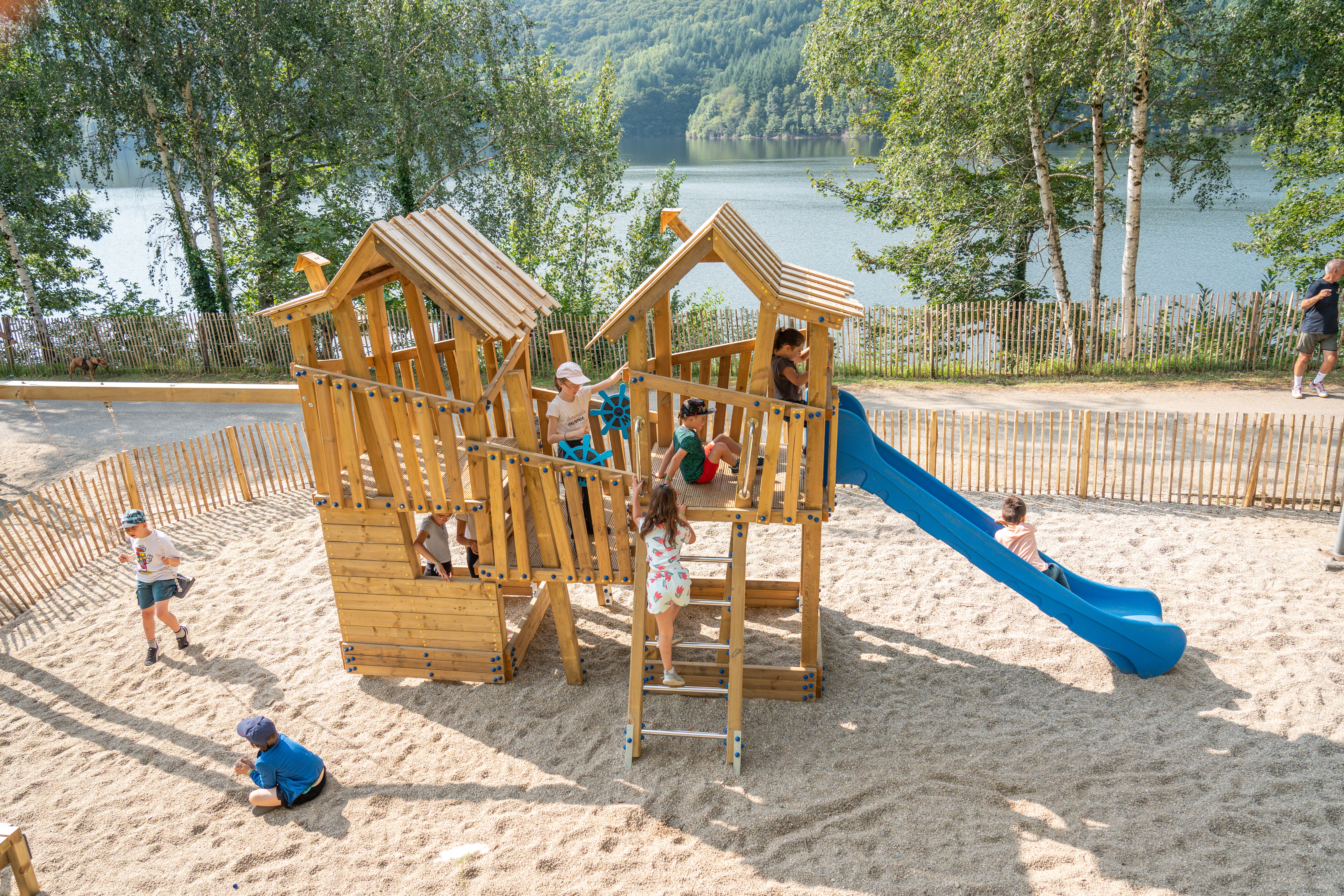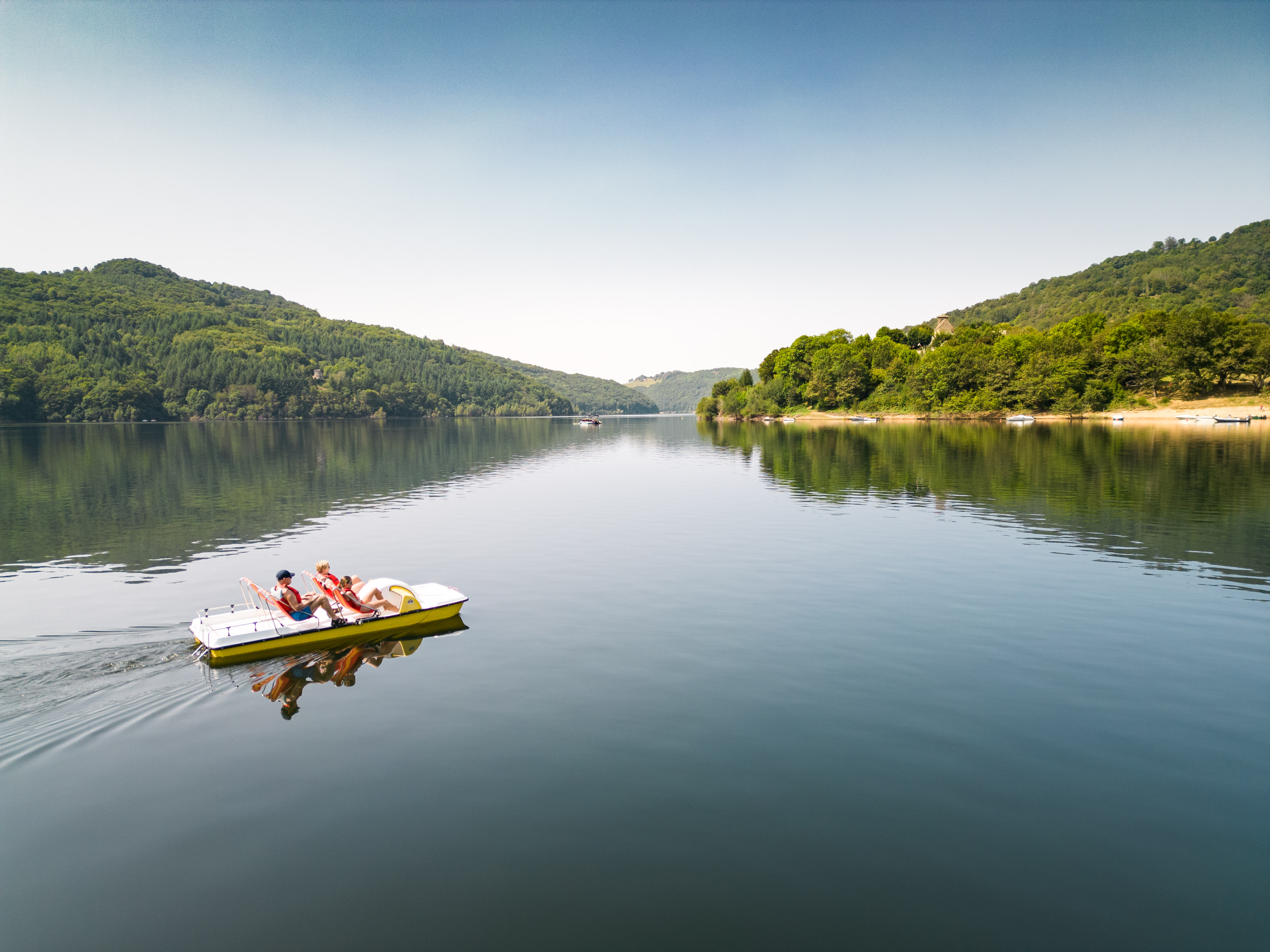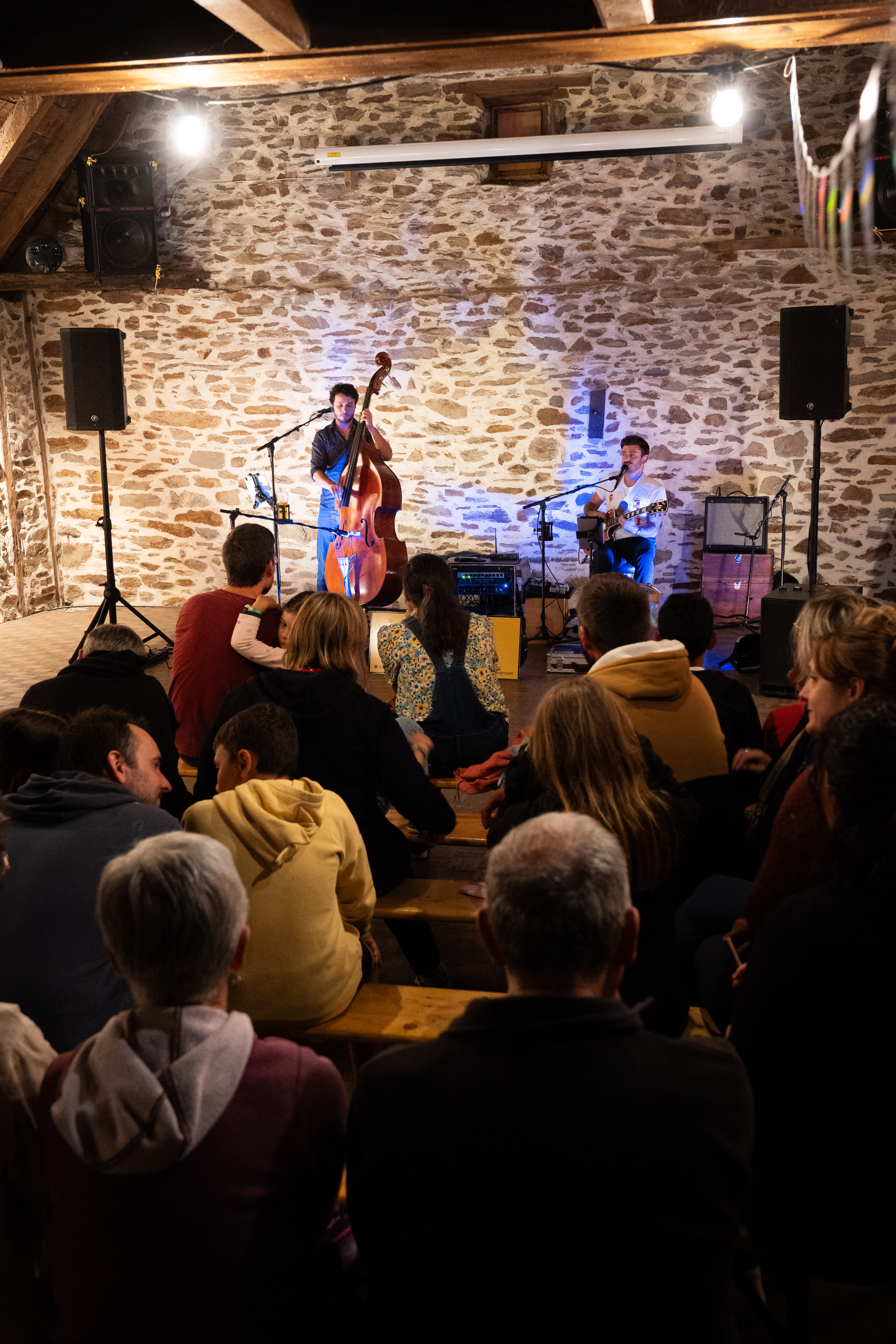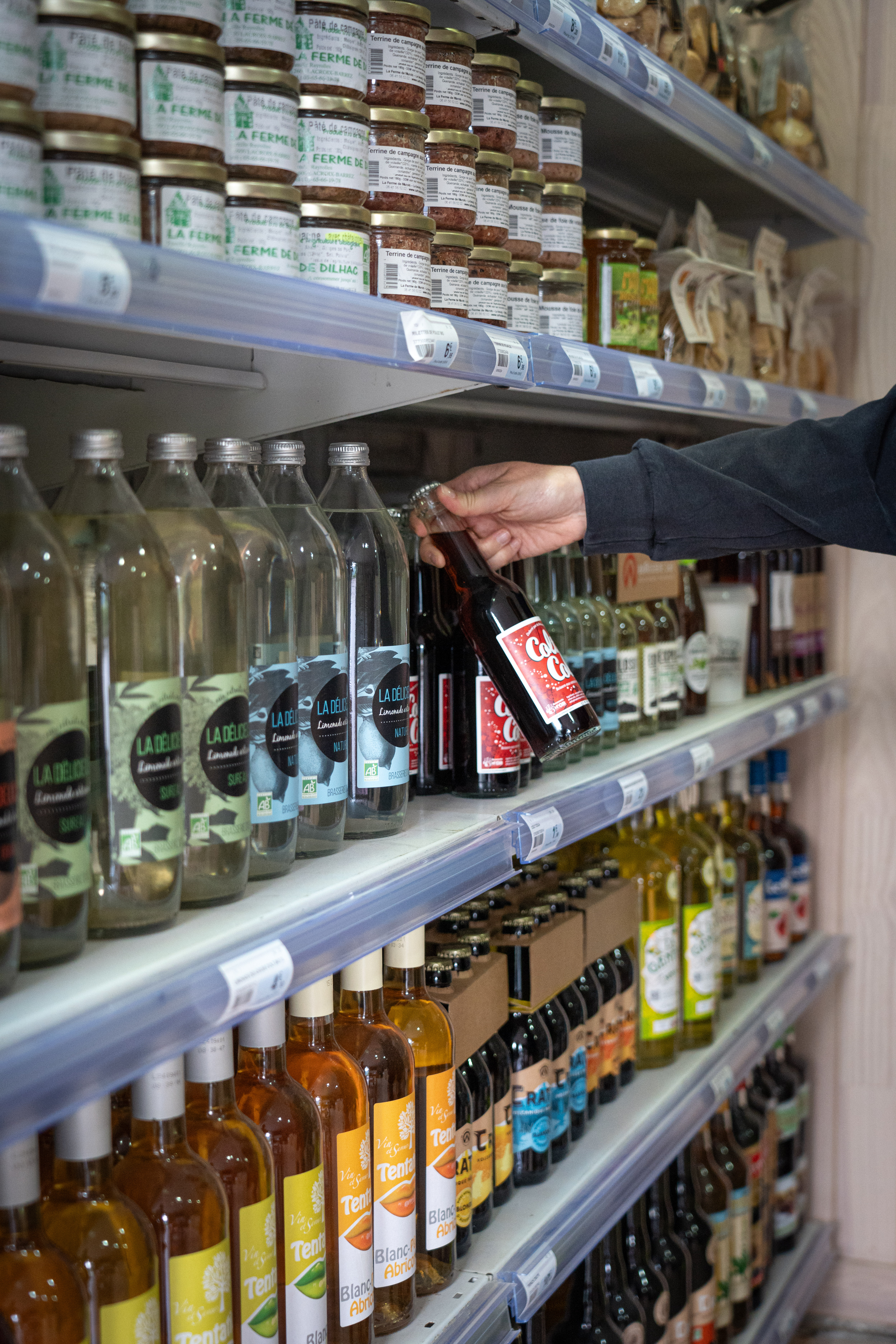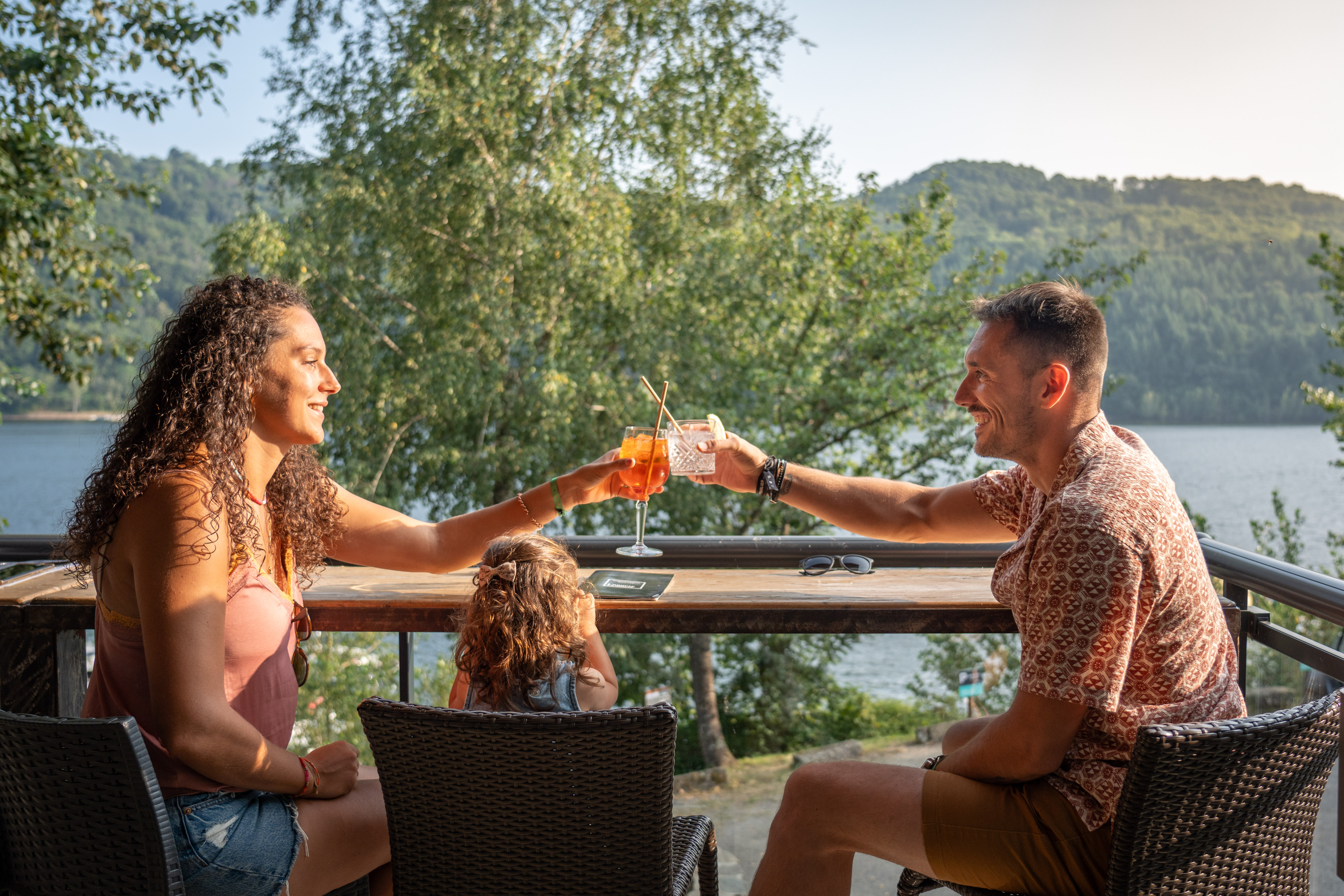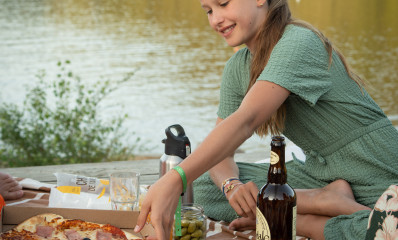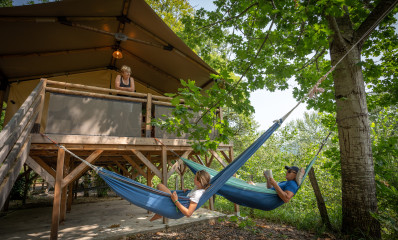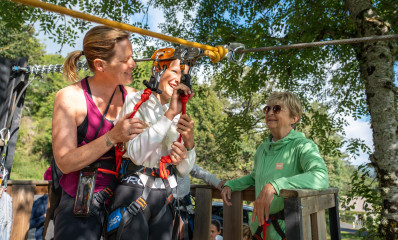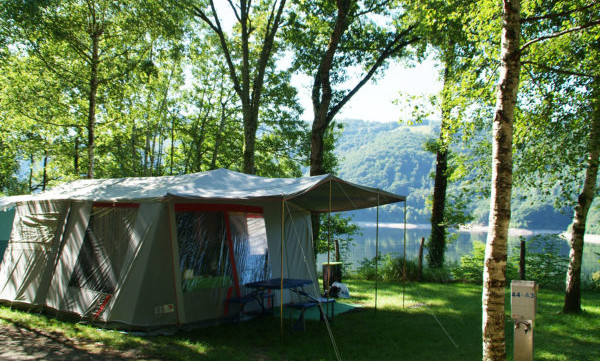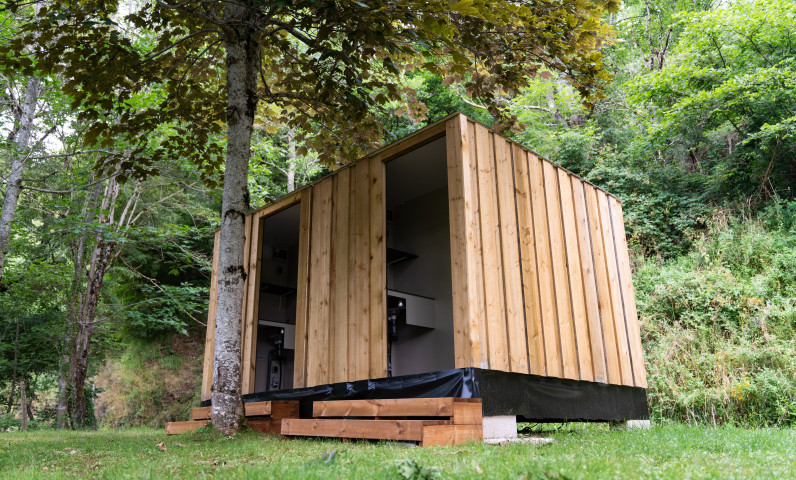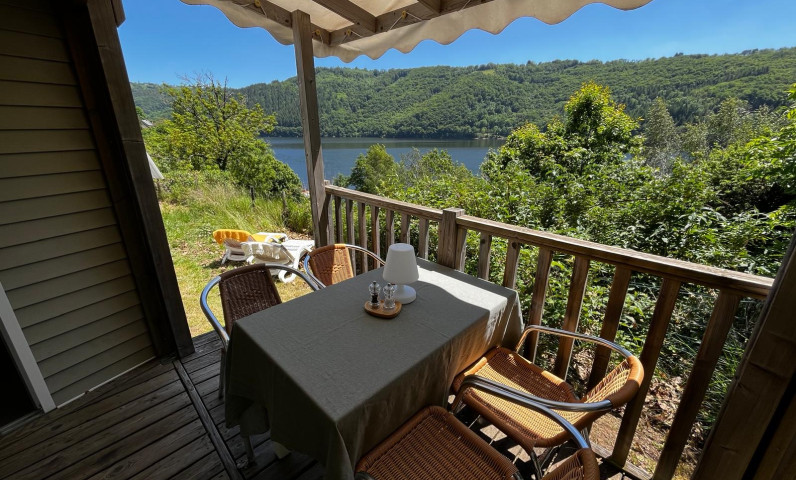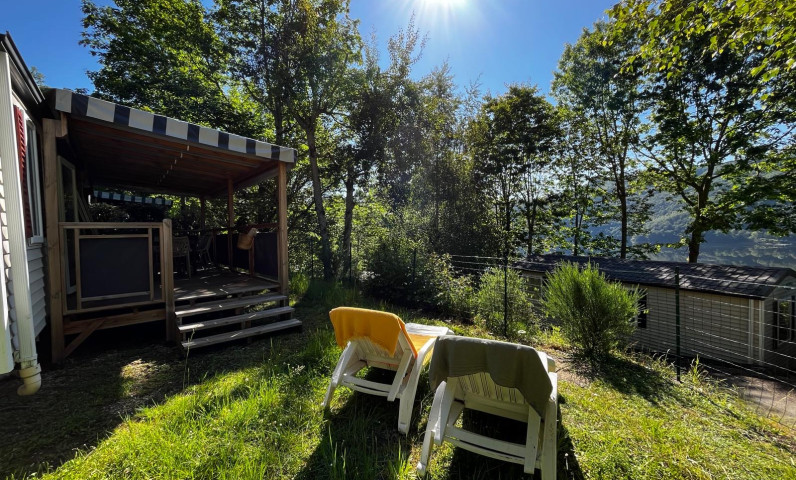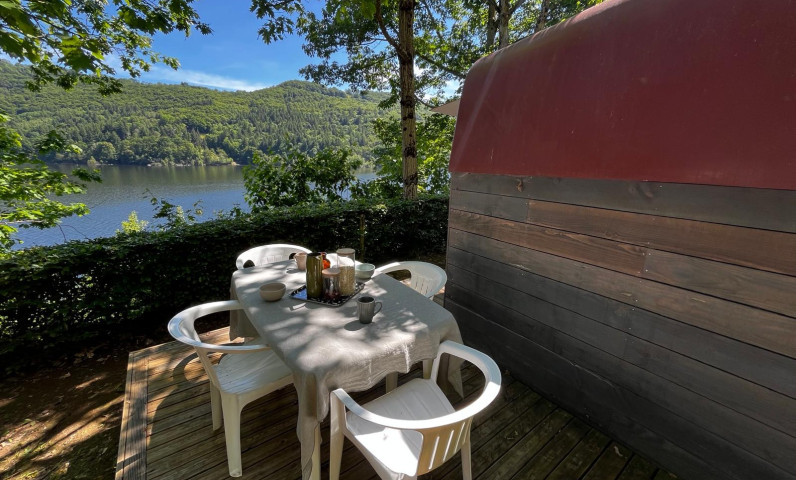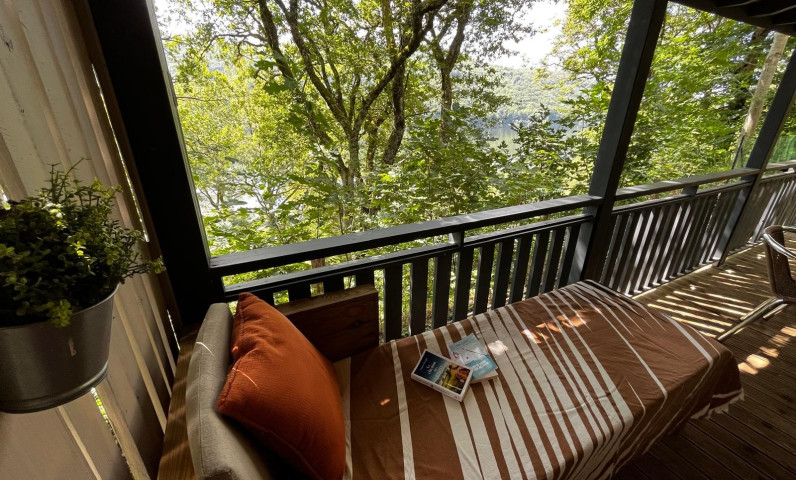Discover the region!
Between Aubrac and the Monts du Cantal, discover the Carladez region, the Land of Imaginary Trails.
Part Cantal, part Aveyron, Carladez cultivates its dual origins.
Here, Salers and Aubrac cows are reared, truffade and aligot are tasted, and families can wander along the imaginary paths along the banks of the Truyère and in the foothills of the Monts du Cantal.
Two worlds, two discoveries to be made straight away...
Seduction guaranteed!
5 good reasons to come and discover Aveyron
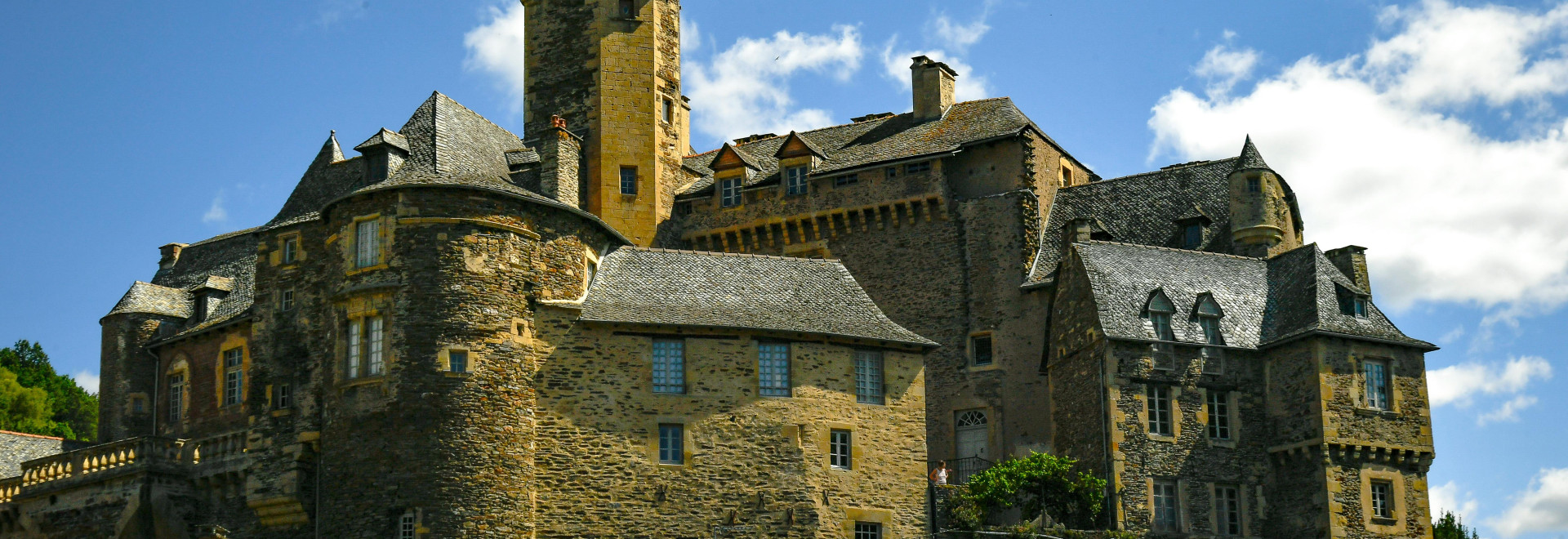
Land of authenticity and contrasts, the Aveyron seduces with its grandiose landscapes, exceptional heritage and unique lifestyle. Here are 5 essential reasons to come and explore this department where nature, gastronomy and traditions blend perfectly.
1. Breathtaking scenery
Between the plateaus of the Aubrac, the gorges of the Tarn, the Larzac, the Valley of the Lot and the Monts du Cantal, the Aveyron offers a diversity of panoramas to admire and explore. Hikers, outdoor enthusiasts and nature lovers will find their paradise here!
2. A rich heritage and villages of character
The Aveyron is home to 10 of the most beautiful villages in France, including Conques, Belcastel, Najac and Sainte-Eulalie-d'Olt. Between medieval castles, historic bastides and listed buildings, each stone tells a fascinating story.
3. A generous and tasty gastronomy
Impossible to leave without having tasted the local specialties: aligot, roquefort, farçous, tripous, estofinado... Not to mention the meat of Aubrac and the many markets where you can taste local products. A real treat for the taste buds!
4. Activities for all
Whether you are a fan of hiking, mountain biking, canoeing, paragliding or even via ferrata, the Aveyron is full of natural spots for thrills or moments of relaxation in nature. Culture lovers can also enjoy many festivals and events throughout the year.
5. A unique lifestyle and warm hospitality
Aveyron is also a territory where you take the time to live, where the welcome is warm and where each stay leaves unforgettable memories. Between preserved traditions and modernity, you will discover an unrivaled sweetness of life.
So, ready to be seduced by the Aveyron? Come and explore this exceptional land and live an unforgettable experience!

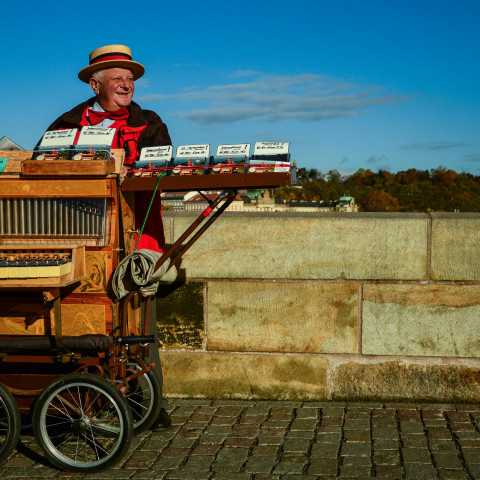

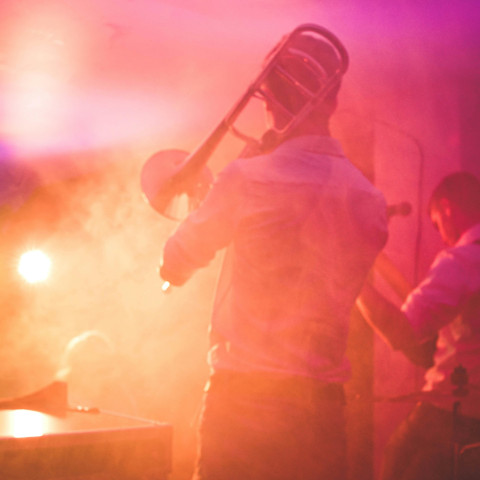
The great events around Camping La Source

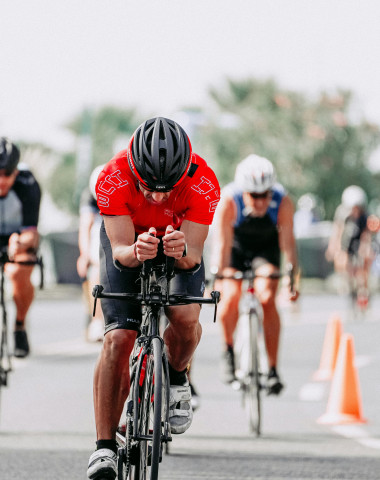
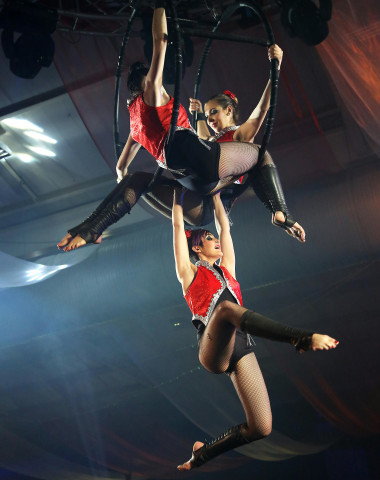
Discover the Carladez, the Aubrac and the Viadène: A journey to the heart of authenticity
Located in the south of Auvergne and northern Occitanie, the region of Carladez, Aubrac and Viadène invites you to a unique experience between preserved nature and rich heritage. This territory, wild and welcoming at the same time, is a true haven of peace for lovers of open spaces and authenticity.
Le Carladez: Between valleys and mountains
The Carladez, with its varied landscapes, between green valleys and imposing mountains, is a land of history and traditions. Here, picturesque villages, secluded farmhouses and breathtaking panoramas testify to a preserved rural way of life. An ideal region for hiking, discovering local know-how and tasting local products.
The Aubrac: Land of Nature and Adventures
The Aubrac, a plateau with vast and wild landscapes, offers a multitude of activities in all seasons. In winter, the snow turns the area into a playground for winter sports, while in summer, the vast green meadows are perfect for hiking, mountain biking and wildlife watching. The small farms of Aubrac, famous for their cheeses and meats, welcome you for an authentic gastronomic experience.
La Viadène: between history and serenity
La Viadène, a more discreet but equally charming region, is a place of serenity and historical discoveries. It is here that you can visit ancient sites, such as Romanesque churches and castles, while enjoying the tranquility of the landscape. La Viadène is also a favourite place for nature lovers, with many hiking trails to explore.
An unforgettable stay in the heart of nature
Whether you are looking for peace, discovery or adventure, the Carladez, the Aubrac and the Viadène will seduce you with their authenticity, their heritage and the beauty of their landscapes. A region where nature and history meet to offer unforgettable moments.
5 places to discover in Aveyron
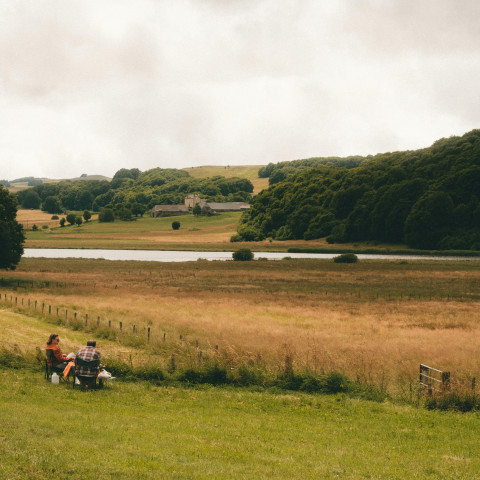
1. The Aubrac plateau
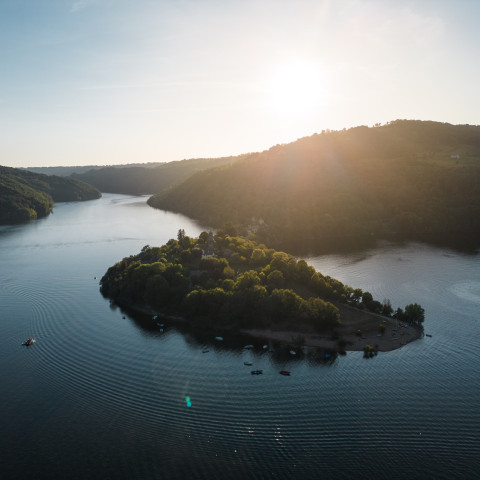
2. Gorges de la Truyère and the Sarrans dam
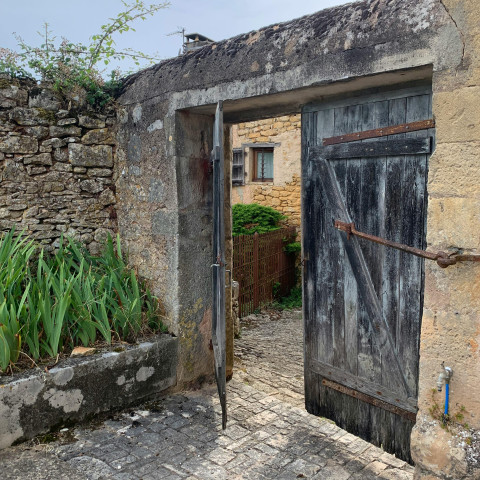
3. The Château de Valon
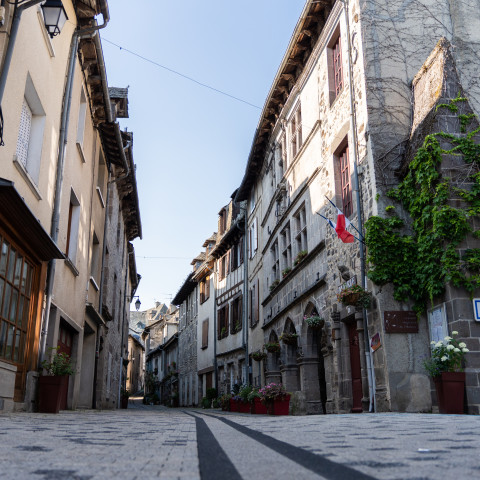
4. Mur-de-Barrez and its heritage
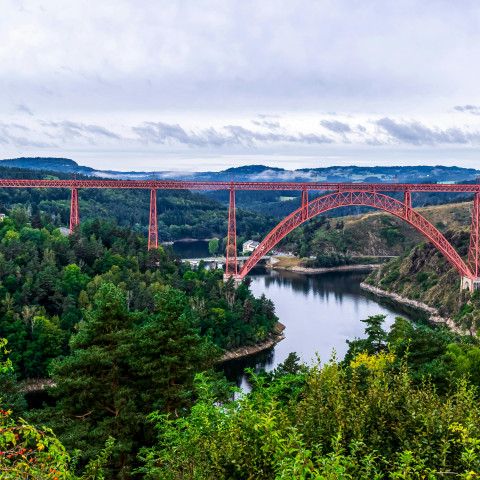
5. Garabit Viaduct
Campsite in Aveyron with services
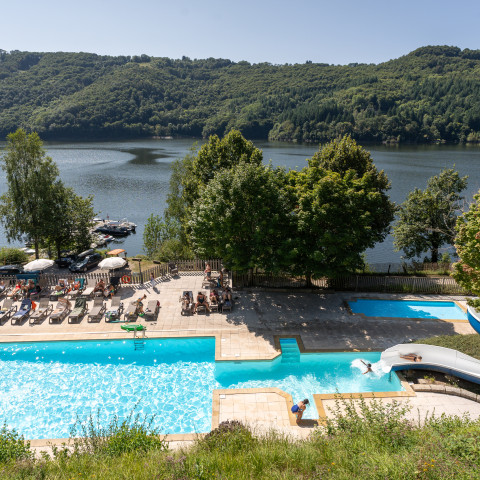
Our water park
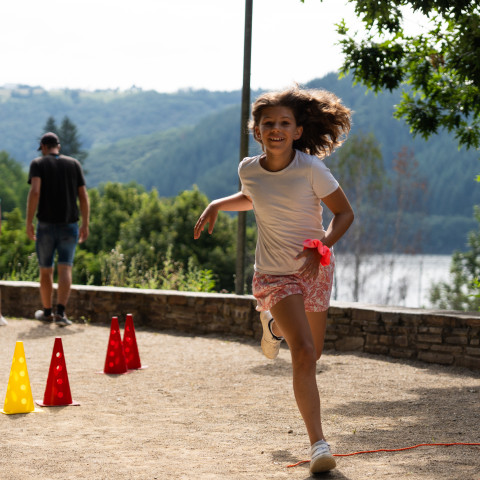
Our animations
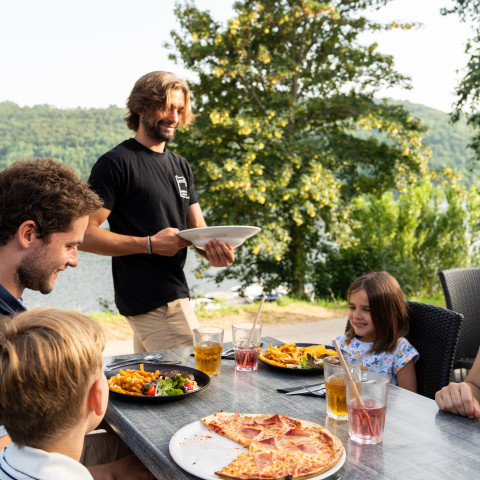
Our restaurant
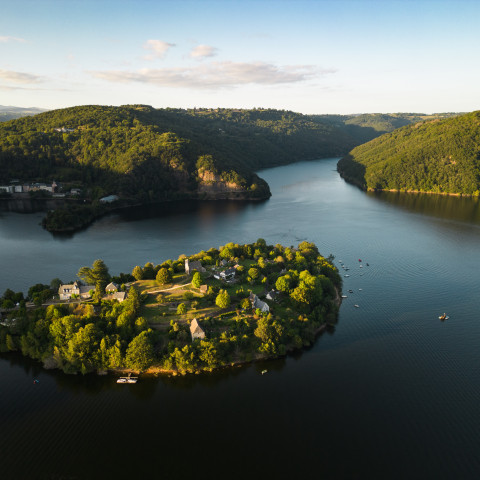
Access to the lake
